The Char Dham constitutes the most vital Hindu journey circuit in the Indian Himalayas. Situated in the Garhwal area of the condition of Uttarakhand, the circuit comprises of four destinations: Yamunotri, Gangotri, Kedarnath, and Badrinath. Every site has its own particular one of a kind attributes. However their incorporation in the Char Dham has, its own particular one of a kind attributes. However their incorporation in the Char Dham has, after some time, slanted them be seen together in mainstream creative energy and real journey hone.....
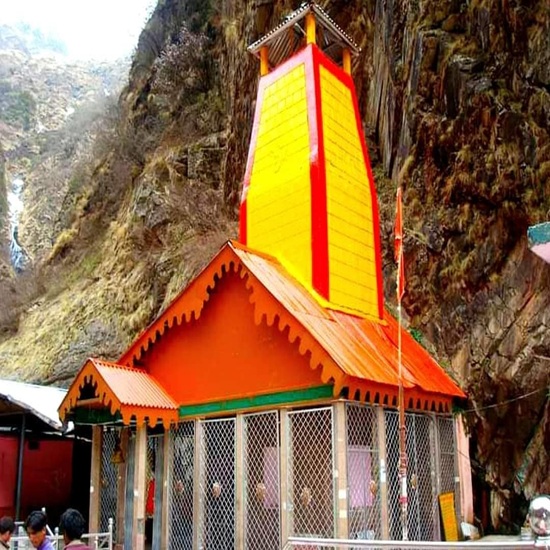 Yamunotri
Yamunotri
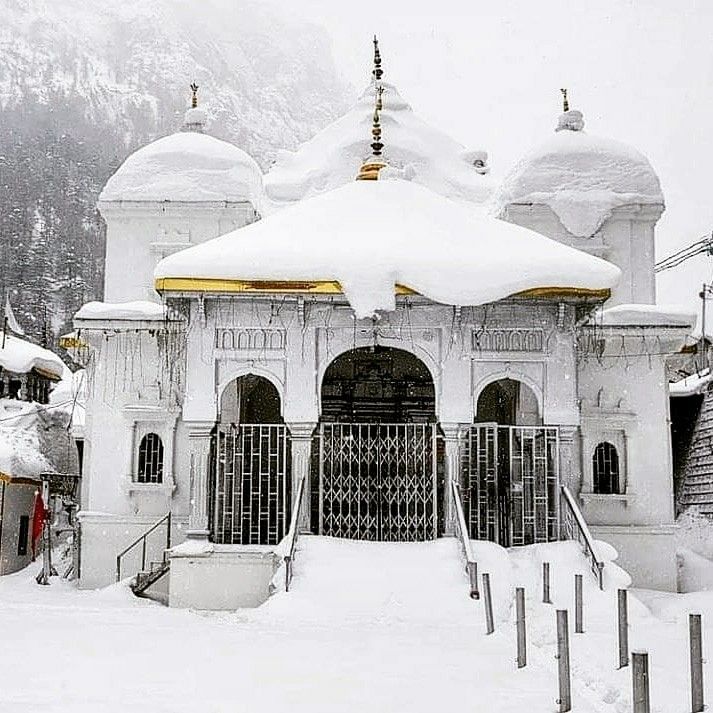 Gangotri
Gangotri
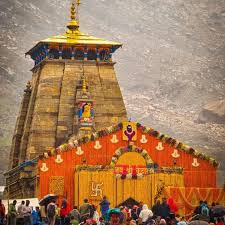 Kedarnath
Kedarnath
 Badrinath
Badrinath
Welcome to Char-Dham-Yatra Where we craft transformative travel experiences that transcend the ordinary and leave a lasting imprint on your soul. Founded by a team of passionate travelers, seekers, and seasoned travel enthusiasts. We are dedicated to curating journeys that inspire, rejuvenate, and ignite a sense of wanderlust in every traveler's heart. Our story began with a shared love for spiritual and physical exploration. Also, we have a deep appreciation for the transformative power of travel. United by a desire to create meaningful connections between people and destinations, we began on a journey to curate immersive travel experiences that go beyond sightseeing. What started as a vision has blossomed into a thriving venture committed to crafting unforgettable travel adventures. What makes us unique at Char-Dham-Yatra is, that we believe in the art of personalized experiences......
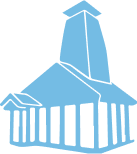
Opening & Closing Date 2026
Temple Open : 30 Apr 2025
Temple Close : 23 Oct 2025 (tentative)

Opening & Closing Date 2026
Temple Open : 30 April 2025
Temple Close : 22 Oct 2025 (tentative)

Opening & Closing Date 2026
Temple Open : 02 May 2025
Temple Close : 23 Oct 2025 (Tentative)

Opening & Closing Date 2026
Temple Open : 04 May 2025
Temple Close : 06 Nov 2025 (Tentative)
Discover our exclusive Chardham Tour Packages, offering a seamless journey to the sacred shrines of Char Dhams with customizable itineraries, expert guides, and premium facilities. Explore our top Chardham tour packages below for an unforgettable pilgrimage.
The great Hindu philosopher and reformer Adi Shankaracharya initiated the 4 Dham Yatra in an attempt to revive the Hindu religion during the 8th century. Now, thousands of devotees from all around the world become the part of it.
Char Dhams are the famous four holy places of Hindu pilgrimages, nestled among the lofty peaks of the Himalayas in Uttarakhand, India. This Hindu pilgrimage Char Dham circuit consists of 4 Dham name: Yamunotri, Gangotri, Kedarnath, and Badrinath. These Four Dham are believed to be highly sacred in the Hindu religion. It is the ultimate desire of every Hindu to visit the char dham name and these holy shrines at least once in a lifetime to attain salvation (Moksha).
According to Hinduism the Pilgrimage tirthayatra (Teerth Yatra), is one of the five duties of every Hindu, along with Dharma, Worship, Sanskaras and Observing religious festivals. A pilgrimage is an exercise in willpower, humility and faith, when the devotee travels to often difficult locations, leaving his problems at the feet of the Deity and forgetting everything but God.
A pilgrimage is an intimate experience, a direct connection between the seeker and the sacred. A devotee goes on pilgrimage to see holy men and women, to worship at holy shrines, to have darshan of Deities abiding in ancient sanctums. A pilgrim journeys to see God have a life-changing, bliss-engendering, karma-eradicating contact with the Divine.
Traditionally, the Chardham yatra is undertaken from the west to the east, thus, the yatra starts from Yamunotri, then proceeding to Gangotri and finally to Kedarnath and Badrinath. Pilgrims traditionally first visit Yamunotri and Gangotri and bring with them the holy waters from the sources of the rivers Yamuna and Ganga and offer abhishekams to Kedareshwara. Char Dhams of Uttarakhand are also known as Chota Char Dham of India.
Popular Route:
Haridwar → Rishikesh → Deo→Prayag → Tehri → Dharasu → Yamunotri → Uttarkashi → Gangotri → Gaurikund → Kedarnath → Joshimath → Badrinath.

Essential items for your Four Dham Yatra: Stay prepared with the right gear, clothing, and essentials to ensure a safe, comfortable, and spiritually enriching journey in 2025.
Carry a kit of the basic emergency medicines, Use bottled water during trip.
Eat Food which is boiled, cooked or fried, Carry a mosquito/insect repellent, Sunscreen cream.
Ensure you are physically & mentally fit to perform journey as the Yatra involves trekking at an altitude of 1,4000 ft.
At least a month before the Yatra, it is advisable to start preparatory exercises.
Carry heavy woolens, including thermal body warmers, raincoats, sleeping bags, blankets, water-proof shoes with sufficient grips, torch.
Women should wear salwar kameez or trousers instead of sarees for comfort and convenience during the Char Dham Yatra.
Only hire registered ponywallas or porters for safety. Avoid taking shortcuts on the Char Dham route to prevent accidents and ensure a safe journey.
Reach new spiritual heights with our Char Dham Yatra Helicopter Pacakges, offering swift, comfortable, and safe journeys to all sacred sites
Chardham Helicopter Packages
Global Vectra Char Dham Helicopter Packages
Pawan Hans Tours Helicopter Packages
Himalayan Heli Services
Helicopter Services During 4 Dham Yatra

+50 Premium Tours

8500+ Customers

100% Satisfaction

+50 Premium Tours

Char Dham Yatra 2025 Guide: Unlock Dates, Registration Steps, Pathways, and VIP Guidelines
The Adi Kailash temple, also known as Chota Kailash, is a Hindu temple located in the Uttarakhand region of India. It is dedicated to Lord Shiva and is considered one of the holiest shrines in Hinduism. Here is some information about the temple without plagiarism:
The Adi Kailash temple is situated in the Vyas Valley of the Kumaon region in Uttarakhand. It is known for its stunning natural beauty, surrounded by the majestic Himalayan peaks, lush forests, and pristine streams.
The temple is a rock-cut shrine and is intricately carved out of a single massive rock. It resembles the larger and more famous Kailash Temple in Ellora, Maharashtra. This arduous pilgrimage is undertaken by those seeking spiritual enlightenment and a deeper connection with Lord Shiva.

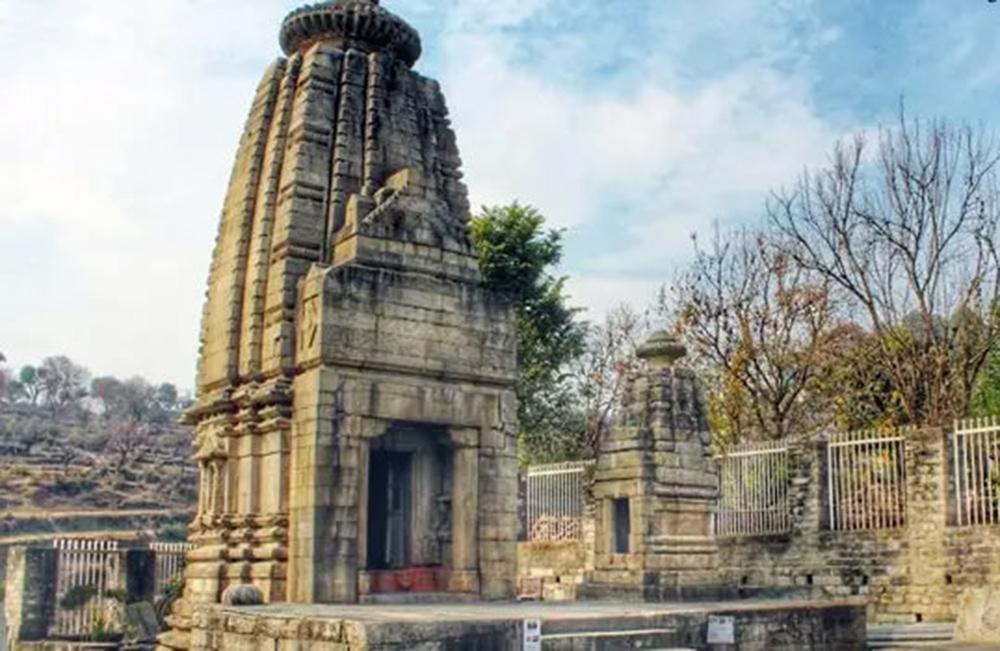
Badrinath Temple is a revered Hindu pilgrimage site located in the Chamoli district of Uttarakhand, India. It is one of the Char Dham temples and holds immense significance in Hinduism. Situated in the Garhwal region of the Himalayas, Badrinath Temple is dedicated to Lord Vishnu, specifically in his form as Lord Badrinarayan. It is part of the Char Dham Yatra, a sacred pilgrimage that also includes Kedarnath, Gangotri, and Yamunotri temples, collectively known as the Chota Char Dham.
Badrinath Temple is open only for a specific period each year due to extreme weather conditions in the region. It usually opens in late April or early May and closes around Diwali, making it accessible to pilgrims and tourists during the summer and early autumn months.
The temple is surrounded by breathtaking natural beauty, with the Neelkanth peak in the background and the Alaknanda River flowing nearby. The hot water spring known as Tapt Kund believed to have medicinal properties, is also a significant attraction for those visiting the temple.
Baghunath Temple, also known as Bagnath Temple, is a sacred Hindu temple located in the Bageshwar district of Uttarakhand, India. This ancient temple is dedicated to Lord Shiva and holds cultural and religious significance.
Baghnath Temple is situated on the confluence of the Sarayu and Gomati rivers, making it a picturesque and spiritually significant location in the Kumaon region of Uttarakhand. The temple is renowned for its unique architectural style and intricate carvings.
Dedicated to Lord Shiva, Baghnath Temple features a towering structure with multiple spires and beautiful stone sculptures, which are characteristic of the North Indian temple architecture. The temple is surrounded by a serene and peaceful atmosphere, making it an ideal place for meditation and spiritual contemplation.
The name "Baghnath" is derived from the word "Bagh" which means tiger. The temple gets its name from a historical legend that a tiger used to visit the temple premises regularly during ancient times. It is believed that Lord Shiva appeared in the form of a tiger to protect the temple.
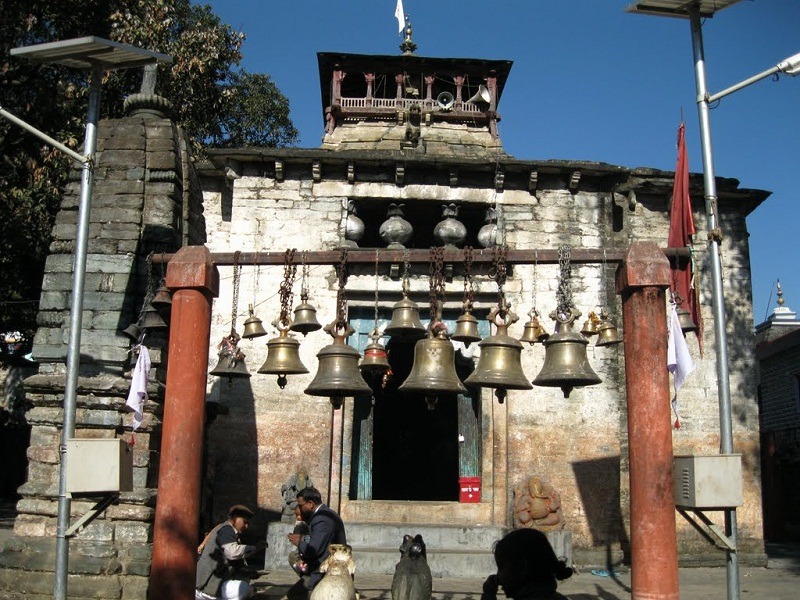
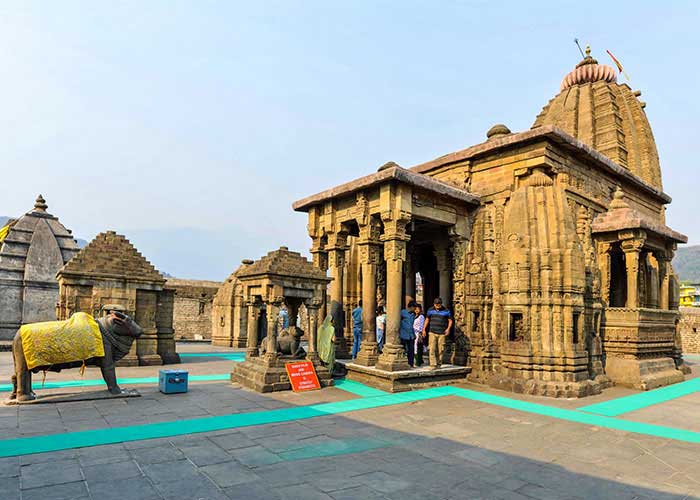
Baijnath Temple, also known as the Baijnath Shiv Temple, is an ancient Hindu temple located in the town of Baijnath in the Kangra district of Himachal Pradesh, India. This historically rich temple is dedicated to Lord Shiva and is renowned for its architectural beauty and religious significance.
The temple's origins are shrouded in history, with some experts dating it back to the 9th century. It is believed to have been built by the Pandava brothers during their exile. The temple's sanctum sanctorum houses a lingam, representing Lord Shiva, and this shrine continues to attract countless devotees and pilgrims.
Baijnath Temple's location is as enchanting as its architecture. It is nestled amidst the scenic Dhauladhar Range of the Himalayas, creating a tranquil and spiritually charged atmosphere. The temple is situated on the banks of the gurgling Binwa River, adding to the serenity of the surroundings.
Baleshwar Temple, also known as Balesar or Baleshwarnath Temple, is an ancient Hindu temple situated in Champawat, Uttarakhand, India. It is dedicated to Lord Shiva and is renowned for its historical significance and architectural beauty.
The origins of the Baleshwar Temple can be traced back to the 10th century. It is believed to have been constructed by the Chand dynasty rulers, making it an important historical and archaeological site. The temple is dedicated to Lord Shiva and features a sacred lingam, a symbol of his divine presence.
One of the striking features of the temple is its serene and picturesque location. It is nestled in the heart of the Kumaon Himalayas, surrounded by lush greenery and the gushing waters of the Gomati River. The temple's setting provides a tranquil atmosphere, perfect for meditation and spiritual reflection.
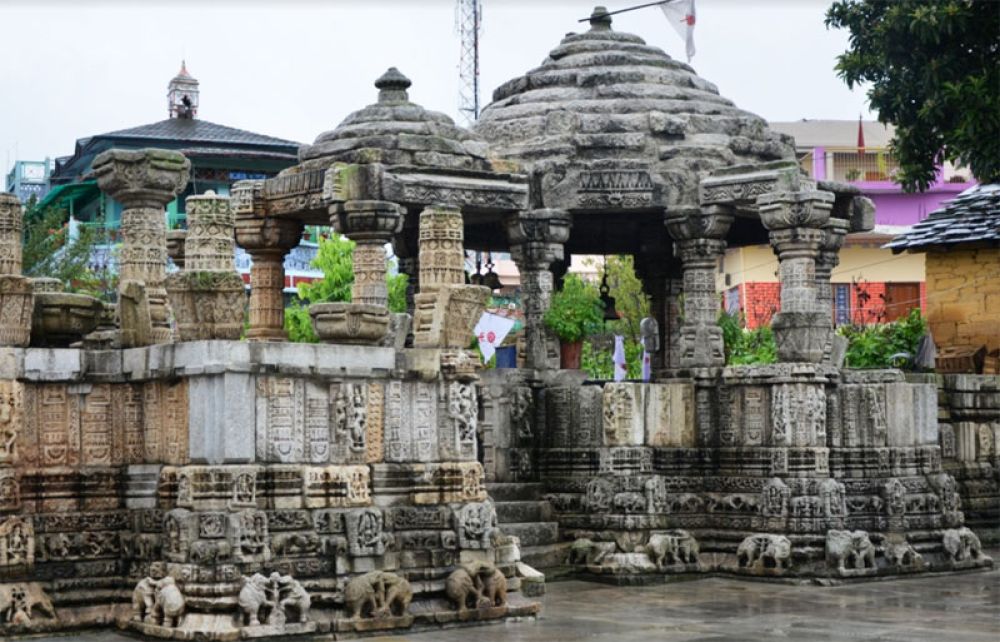

Bhimeshwar Mahadev Temple, also known as Bhimshankar Mahadev Temple, is a sacred Hindu temple dedicated to Lord Shiva. It is located in the district of Pauri Garhwal in Uttarakhand, India.
Bhimeshwar Mahadev Temple is a place of profound religious importance, situated amidst the pristine natural beauty of the Garhwal region in Uttarakhand. The temple is named after Lord Shiva, also known as Bhimshankar, one of the principal deities of Hinduism.
The temple's historical roots date back centuries, and it holds a significant place in the religious and cultural history of the region. Devotees and pilgrims visit Bhimeshwar Mahadev Temple to seek the blessings of Lord Shiva and participate in various rituals and prayers.
The serene location of the temple adds to its spiritual ambiance. It is situated along the banks of the holy river Ganges, with the Himalayan mountains as its backdrop.
Bilkeshwar Mahadev Temple devoted to lord Shiva is in Haridwar. The temple is quite close to Haridwar railway station making it easily accessible for the devotees. The temple is amidst the woods in Uttarakhand mountains.
It is one of the popular places to be visited by Hindu pilgrims who seek peace and serenity. People from every corner of India stream to Bilkeshwar Mahadev temple when they visit Haridwar. This temple is visited by many people every year from many parts of the world.
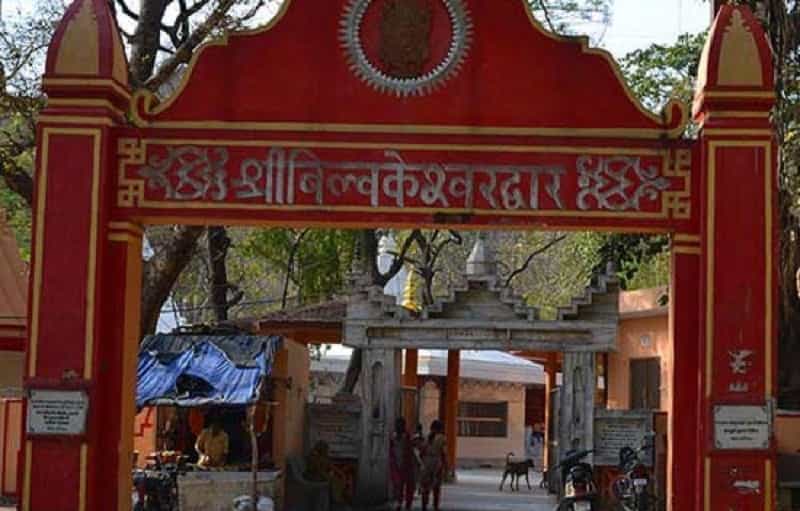
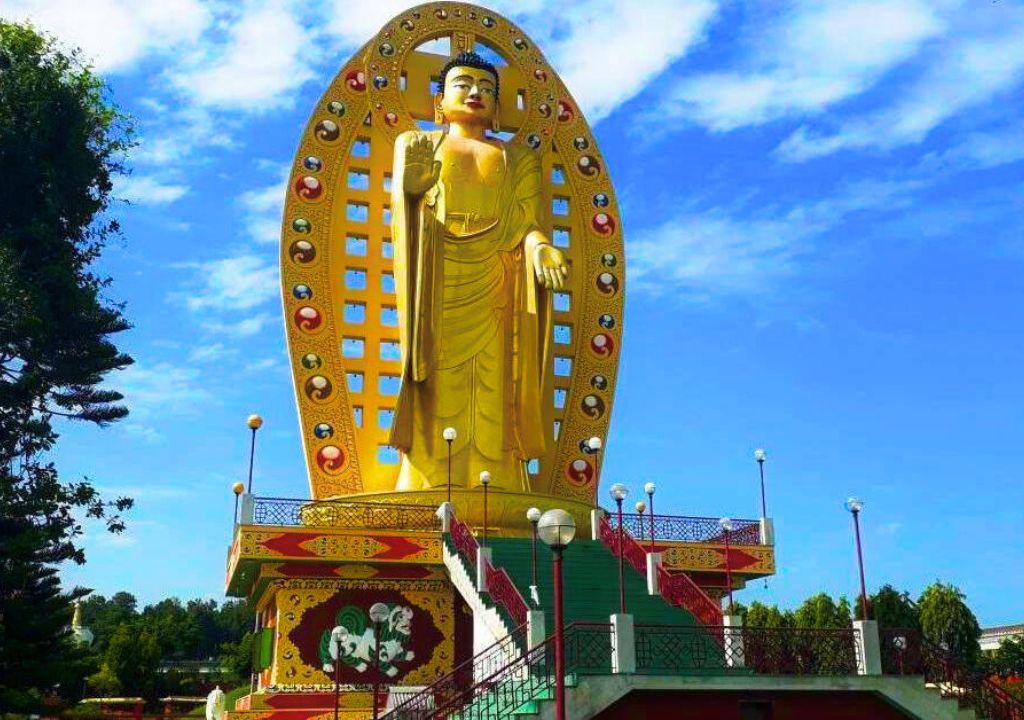
The Buddha Temple in Dehradun, Uttarakhand, is a peaceful and contemplative place of worship dedicated to Lord Buddha. This serene temple provides solace and inspiration to people seeking spiritual enlightenment and a respite from the hustle and bustle of modern life.
Devotees and visitors come to the Buddha Temple to pay their respects to Lord Buddha and seek his teachings of compassion, mindfulness, and inner harmony. The temple often hosts meditation sessions, providing an opportunity for individuals to practice and deepen their meditation practice.
The temple complex is surrounded by lush gardens and offers panoramic views of the Himalayan range. The pristine beauty of the surroundings creates an ideal backdrop for those seeking a connection with nature while on a spiritual journey.
The Buddhist Khamba Temple in Baijnath is a lesser-known yet historically significant Buddhist temple located in the Baijnath town of the Kangra district in Himachal Pradesh, India. This ancient temple is a testament to the rich heritage and cultural diversity of the region.
The Buddhist Khamba Temple, also known as Khamba Monastery, is a hidden gem tucked away amidst the lush landscapes of Baijnath. This unique temple stands as an architectural and spiritual marvel, showcasing the blend of Buddhist and Hindu influences in the region.
The temple is dedicated to Lord Buddha and features an idol or representation of Buddha, symbolizing the influence of Buddhism in this region. Visitors can witness Buddhist prayer flags and other religious artifacts, creating a serene atmosphere for spiritual exploration.
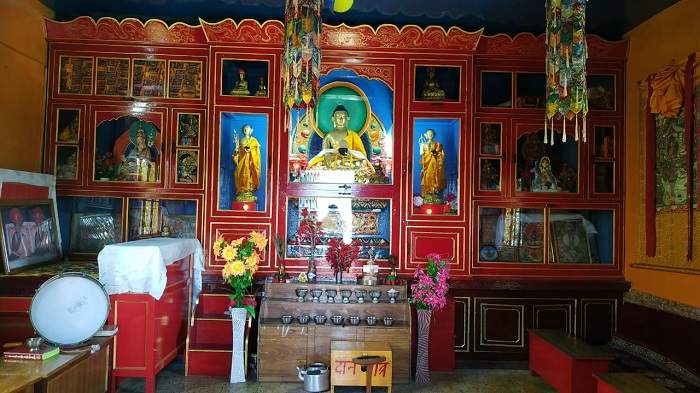
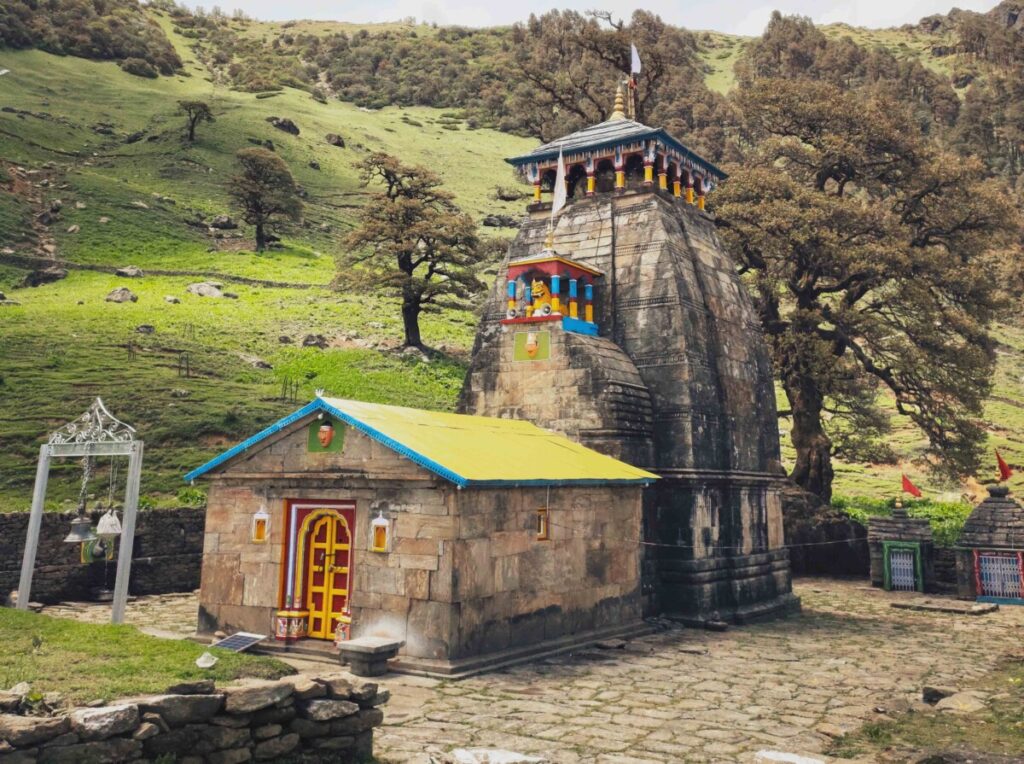
Budha Madmaheshwar, also known as Budha Madhyamaheshwar, is a remote and sacred Hindu temple located in the Garhwal region of Uttarakhand, India. It is one of the Panch Kedar temples dedicated to Lord Shiva and is surrounded by breathtaking natural beauty.
Budha Madmaheshwar is a hidden gem among the Panch Kedar temples, a group of five sacred shrines in the Garhwal Himalayas, each dedicated to Lord Shiva. The temple is known for its unique stone architecture and distinct spirituality.
The name "Budha" signifies its position as the "lesser" or "smaller" Kedar temple compared to its more renowned counterparts. However, its remoteness adds to its mystical appeal.
Chandika Devi Temple is a revered Hindu temple dedicated to Goddess Chandika, a manifestation of the Divine Mother or Shakti. Located in the town of Haridwar in Uttarakhand, India, the temple holds immense religious significance and cultural importance.
The temple complex features a sacred sanctum where the idol of Chandika Devi is enshrined, inviting devotees to offer their prayers and seek her blessings.
The temple also plays a vital role in local culture and traditions. Festivals dedicated to Goddess Chandika are celebrated with great fervor, drawing both devotees and curious travelers interested in experiencing the rich tapestry of Uttarakhand customs and rituals.
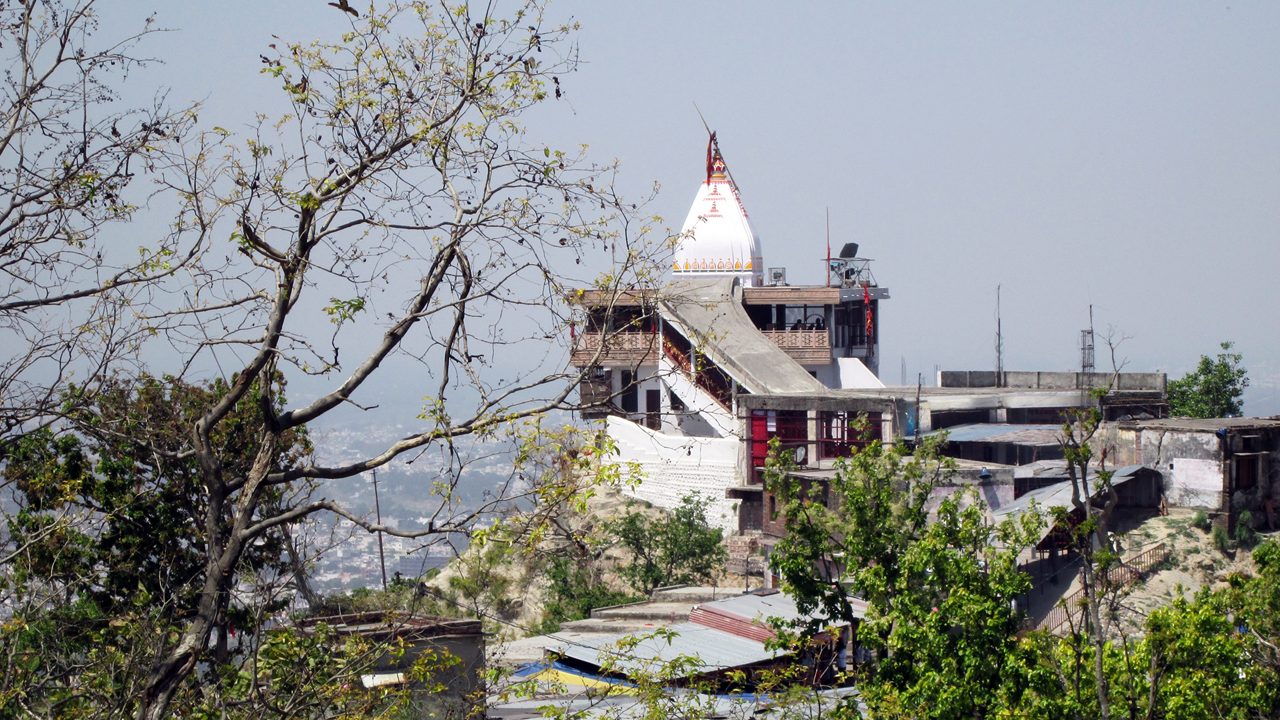

Chandrabani Temple, also known as Chandrabhaga Temple, is a revered Hindu temple located in the Dehradun district of Uttarakhand, India. This temple is dedicated to Goddess Chandrabhaga, a form of the Divine Mother or Shakti.
The temple is dedicated to Goddess Chandrabhaga, an incarnation of the Divine Mother in Hinduism. Her name is associated with the moon, as "Chandra" means moon, signifying her purity and radiance.
The serene ambiance of Chandrabani Temple, surrounded by greenery and the tranquil sounds of nature, makes it an ideal location for meditation and reflection.
Chandrika temple is located in Bageshwar and is solely dedicated to Durga also known as the goddess of power. This temple is usually visited by devotees during Navratri and Dushera time to celebrate 9 days-long festivities.
Bageshwar town is located at the confluence of the Saryu and Gomati rivers. And it is easily accessible from all the cities of India. There are regular trains from Delhi and other parts of the country.
Apart from the spiritual fervor the town itself is worth visiting in the Kumaon region of Uttarakhand, surrounded by snow-clad Himalayan peaks guarding the lands of Uttarakhand.
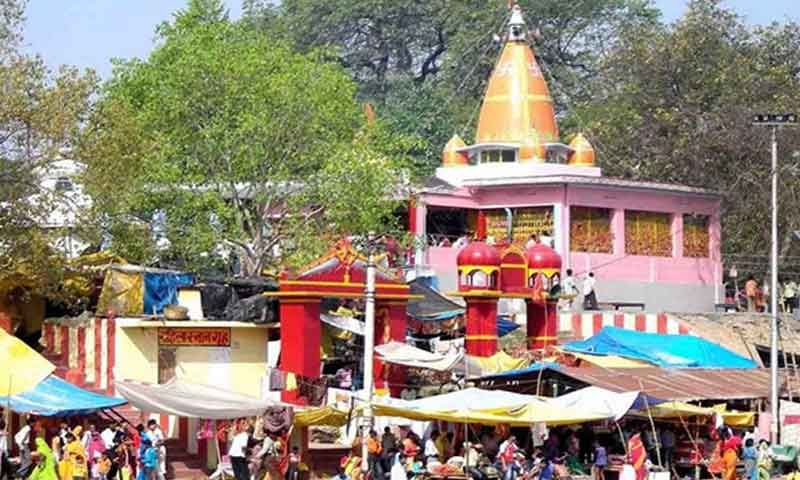
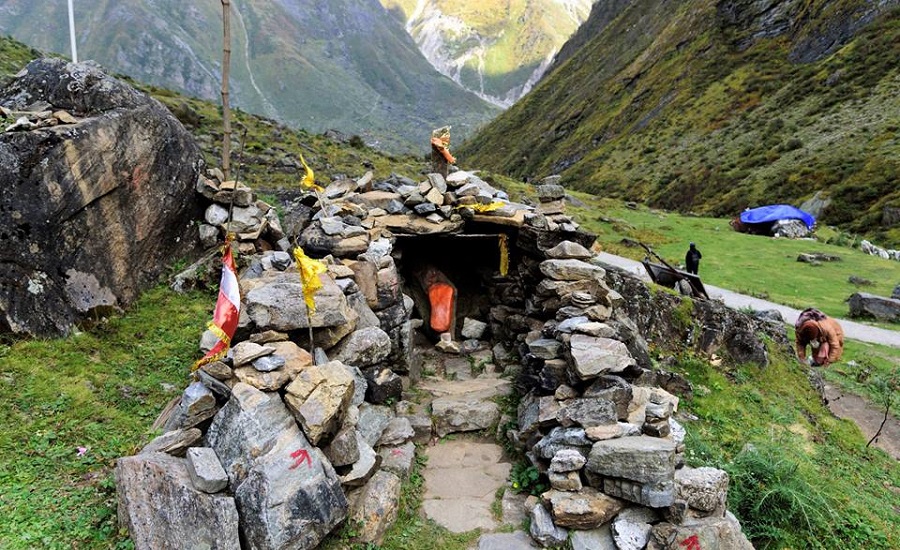
Charan Paduka, located in the sacred town of Badrinath in Uttarakhand, India, is a revered rock formation that holds religious significance in Hinduism. It is believed to be the footprint of Lord Vishnu and is a key point of pilgrimage for those visiting Badrinath.
Charan Paduka, which translates to "footprints of the Lord," is an iconic and revered religious site in Badrinath, a town nestled in the Himalayas. According to Hindu mythology, Lord Vishnu took this divine form to bless the earth with his presence.
Pilgrims visiting Charan Paduka often embark on a trek to reach this sacred site. The journey is a spiritually enriching experience, as it offers stunning views of the Himalayan landscape and allows devotees to feel closer to the divine presence of Lord Vishnu.
Chinta Haran Mahadev Temple is a sacred Hindu temple located in the picturesque town of Almora in Uttarakhand, India. This ancient temple is dedicated to Lord Shiva and is renowned for its religious significance and serene surroundings.
Chinta Haran Mahadev Temple, which is located in the charming town of Almora, stands as a testament to the profound faith and devotion of the people of Uttarakhand. The temple is dedicated to Lord Shiva, one of the principal deities in Hinduism, and it is a place where devotees come to seek solace and blessings.
Chinta Haran Mahadev Temple is not only a place of worship but also a hub for cultural and religious activities. Festivals like Shivaratri are celebrated with great enthusiasm, attracting pilgrims and tourists who want to immerse themselves in the local customs and traditions.
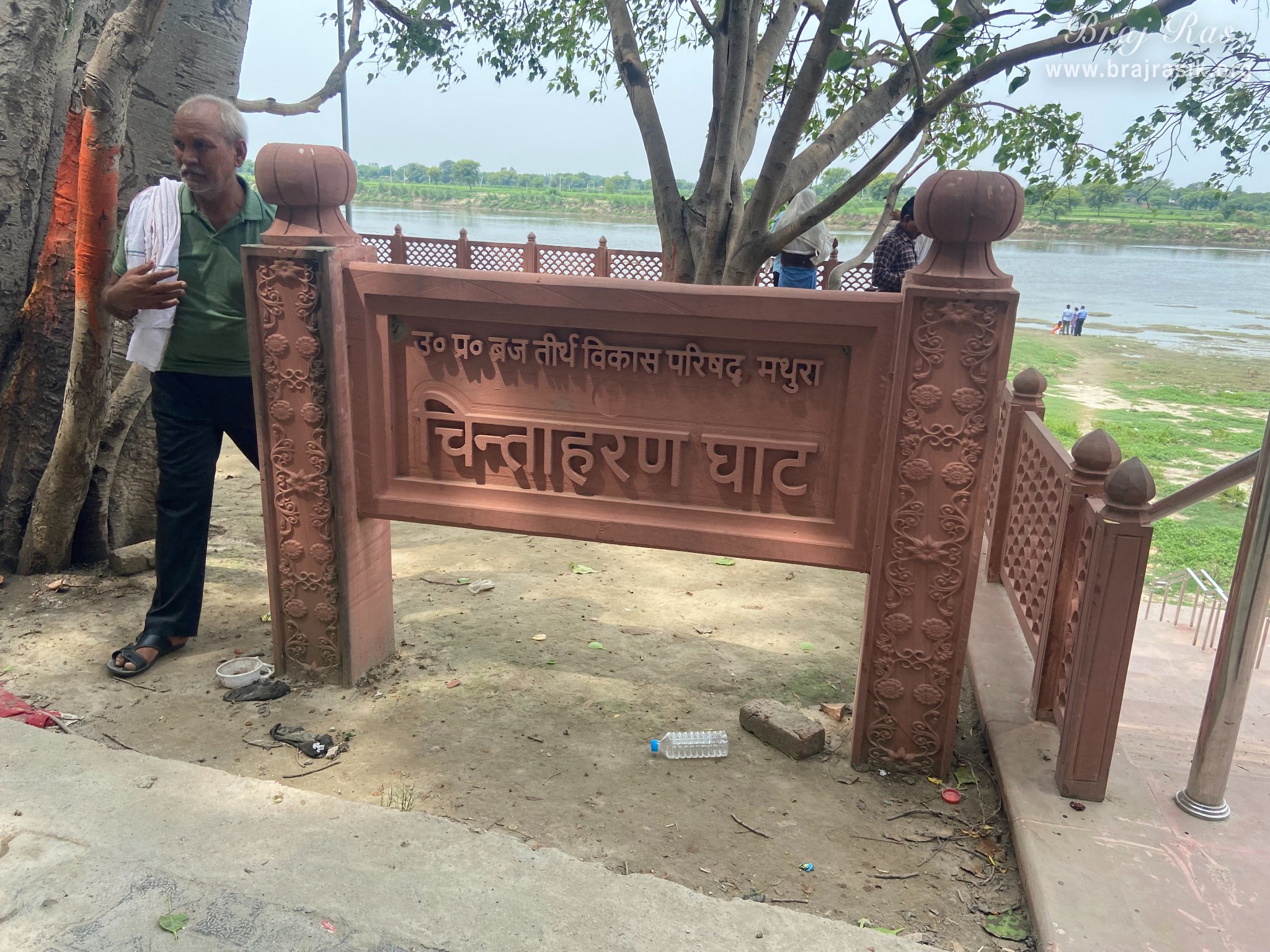
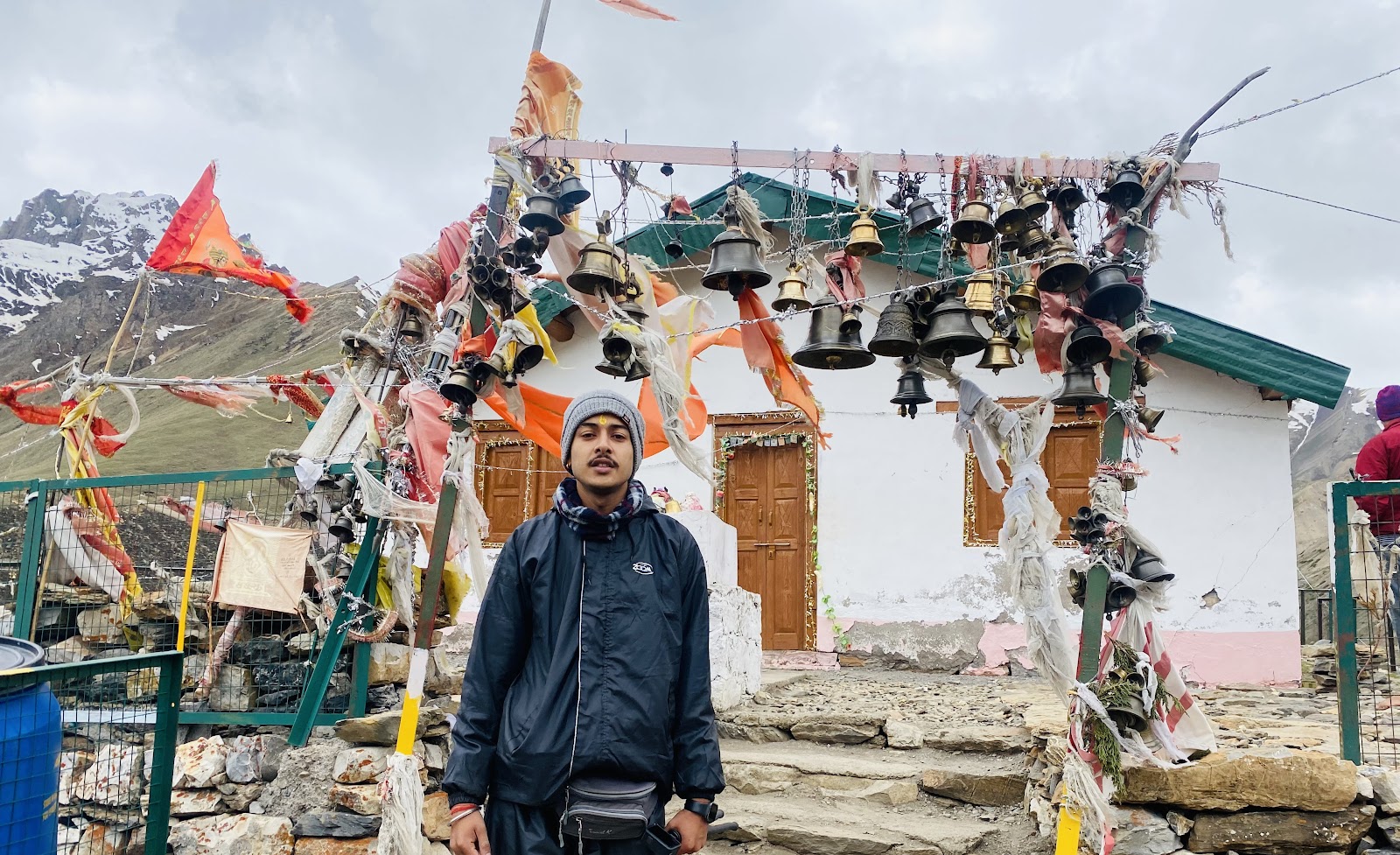
Chipla Kedar Trek is an exhilarating and relatively less explored trekking route in the Garhwal region of Uttarakhand, India. It offers adventurers a unique opportunity to explore the stunning landscapes of the Himalayas and connect with the local culture and traditions.
The Chipla Kedar Trek is an off-the-beaten-path adventure that takes trekkers through the pristine and enchanting Garhwal region of Uttarakhand.
The trek's route includes picturesque villages, lush green meadows, dense forests, and breathtaking vistas of the Garhwal Himalayas. The Chipla Kedar Trek offers a combination of adventure, natural beauty, and cultural exploration.
Daat Kali Temple is a sacred Hindu temple located in the Dhaulpur district of the state of Rajasthan, India. It is dedicated to Goddess Daat Kali, a revered form of the Divine Mother in Hinduism. Daat Kali Temple, situated in the historical town of Dhaulpur in Rajasthan, is a place of deep religious and cultural significance. The temple is dedicated to Goddess Daat Kali, known for her protective and nurturing qualities.
The temple is not only a place of worship but also a cultural hub, where traditional music, dance, and folk rituals are often performed during festivals and special occasions. The temple serves as a place where the local community comes together to celebrate their faith and heritage.
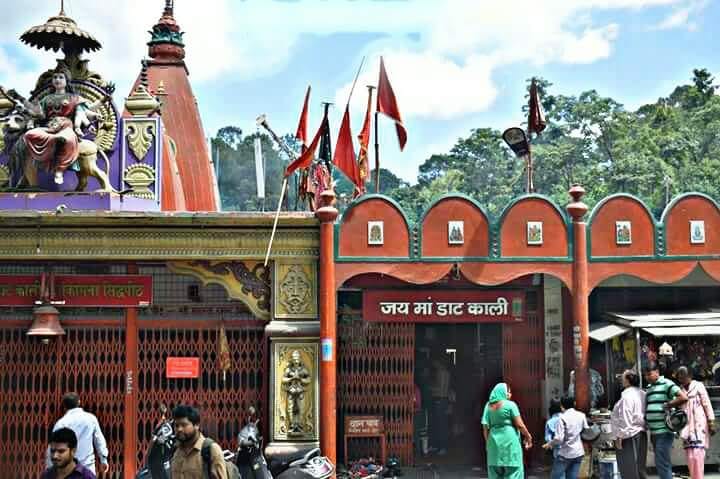
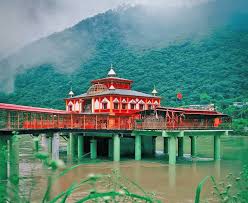
Devi Mandir is a revered Hindu temple located in the picturesque state of Uttarakhand, India. It is dedicated to various forms of the Divine Mother or Goddess, and the temple holds immense religious and cultural significance.
The temple's sanctums house idols and representations of various goddesses, such as Durga, Kali, Saraswati, and Lakshmi, inviting devotees to offer their prayers and seek blessings.
The temple serves as a hub for religious and cultural activities. Festivals dedicated to the Goddess, such as Navratri, are celebrated with great enthusiasm, drawing both devotees and travelers who wish to partake in the vibrant customs and rituals.
Devprayag is a town located in the Tehri Garhwal district of the Indian state of Uttarakhand. It is a place of immense natural beauty and religious significance, where the sacred Alaknanda and Bhagirathi rivers converge to form the holy Ganges River.
Devprayag also boasts ancient temples and ashrams along its riverbanks. The Raghunath Temple and the Dashrathshila are among the revered sites where devotees come to offer their prayers and seek blessings.
The town is a hub for various cultural and religious events, including festivals and rituals. It comes alive during important occasions and holy festivals when pilgrims and tourists gather to participate in the festivities.
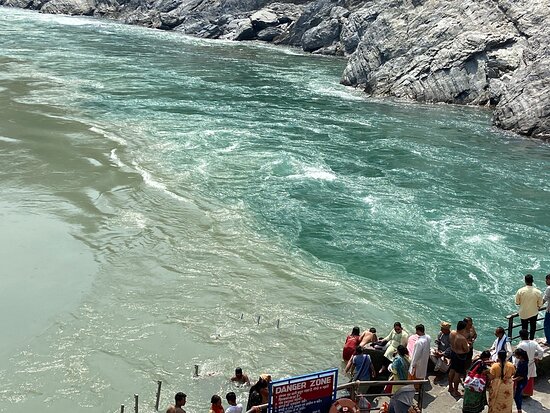

Dhwaj Temple is a revered Hindu temple located in Pithoragarh, a picturesque town in the Kumaon region of Uttarakhand, India. It is a place where faith, history, and natural beauty harmoniously come together, creating an enriching and holistic experience for all who come to pay their respects to Lord Shiva.
Dhwaj Temple, situated in the scenic town of Pithoragarh, stands as a symbol of devotion to Lord Shiva, one of the principal deities in Hinduism. The temple is known for its spiritual significance and architectural charm, reflecting the rich heritage of the Kumaon region.
Dhwaj Temple is not only a place of worship but also a cultural and spiritual center. It comes alive during religious festivals, with the Maha Shivaratri festival being a major highlight. Devotees from far and wide gather to celebrate and participate in the rituals.
Dunagiri Temple, located in the Kumaon region of Uttarakhand, India, is a significant pilgrimage site dedicated to Goddess Durga. This ancient temple is known for its spiritual importance and scenic beauty. This temple is nestled in the hills, providing a serene and spiritually uplifting atmosphere.
Dunagiri Temple is believed to have ancient roots and is closely associated with Hindu mythology. It is said to be one of the places where parts of the goddess Sati, an incarnation of Durga, fell when her body was dismembered. This mythology adds to the temple's religious significance.
It is a place where faith, history, and natural beauty coexist, offering an enriching and holistic experience for all who come to pay their respects to Goddess Durga.
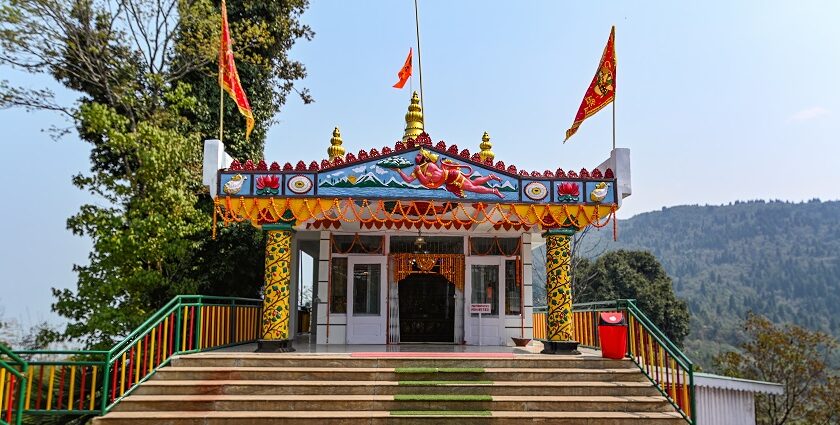
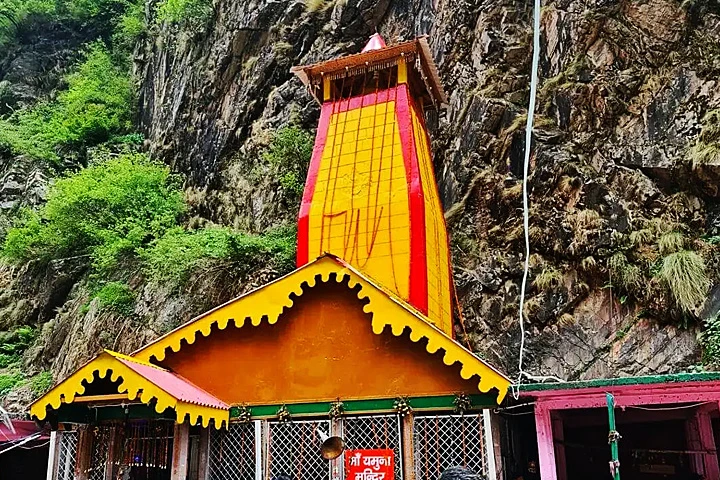
Yamunotri Temple is a sacred Hindu temple located in the pristine and picturesque Yamunotri Dham in the state of Uttarakhand, India. It is dedicated to Goddess Yamuna and is the source of the revered Yamuna River.
This ancient temple is dedicated to Goddess Yamuna, who is considered a vital deity in Hinduism. The temple's architecture follows the classic North Indian style, adorned with ornate carvings and intricate designs. Nestled amidst the lush green surroundings, it offers a tranquil sanctuary for devotees to offer their prayers and seek blessings from Goddess Yamuna.
Yamunotri Temple is open to visitors only for a limited period during the year due to extreme weather conditions. This exclusivity adds to its charm and allure, making it a destination for those who are truly committed to experiencing the spiritual and natural beauty of this region.
Ganesha Cave is a revered spiritual site located in the Himalayas, near the sacred Amarnath Cave in Jammu and Kashmir, India. This cave is associated with Lord Ganesha, one of the most beloved deities in Hinduism.
Ganesha Cave, nestled in the breathtaking landscapes of the Himalayas near the Amarnath Cave, holds a special place in the hearts of pilgrims and devotees. Pilgrims believe that seeking Lord Ganesha's blessings at Ganesha Cave will remove any obstacles on their path to the sacred Amarnath Cave, where the ice Shiva Lingam is believed to form naturally.
Visiting Ganesha Cave is an integral part of the Amarnath Yatra experience and offers a unique blend of adventure, spirituality, and natural beauty. It is a place where faith, tradition, and the grandeur of the Himalayas come together, creating a spiritually enriching journey for all who come to pay their respects to Lord Ganesha.
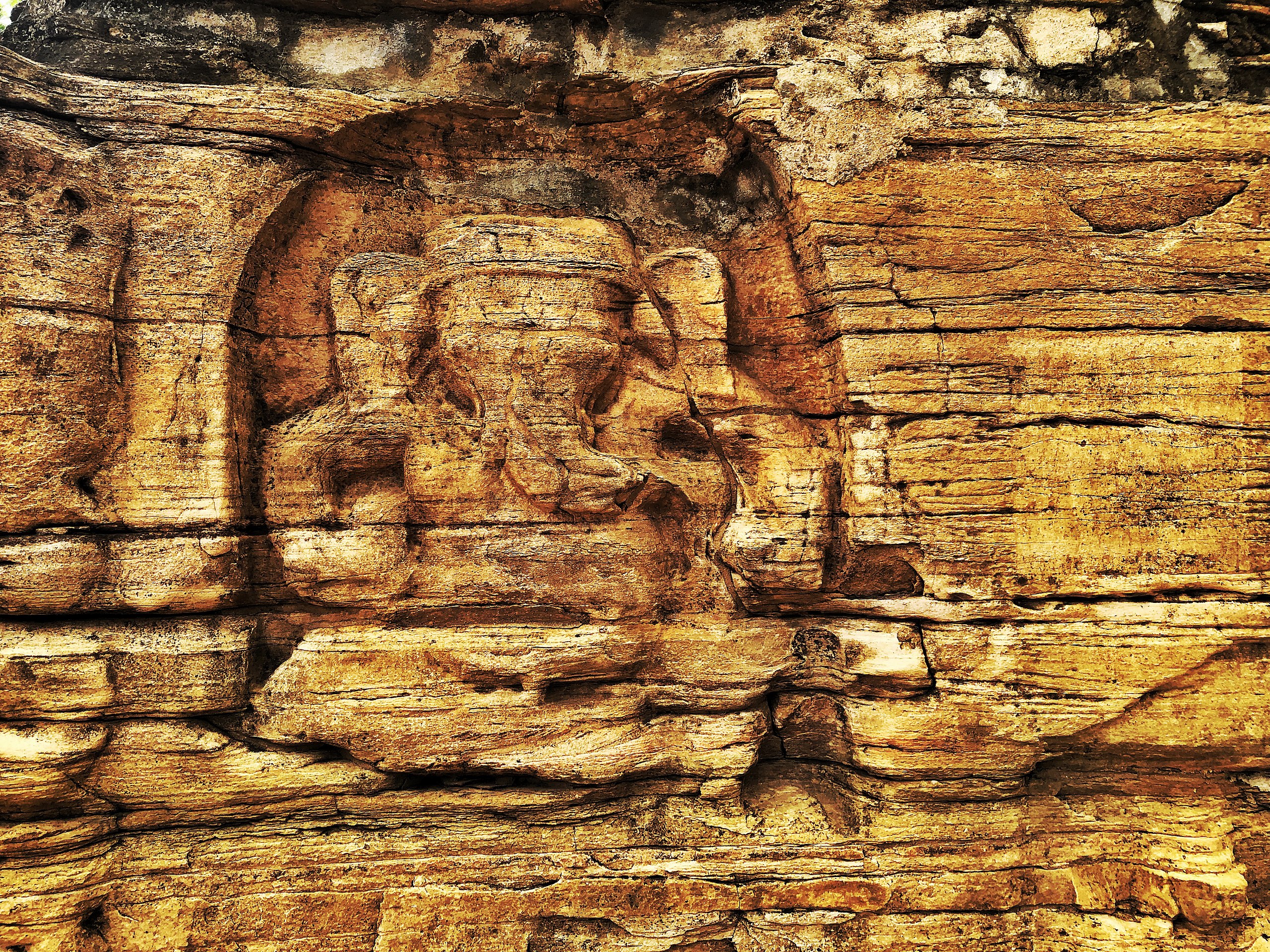
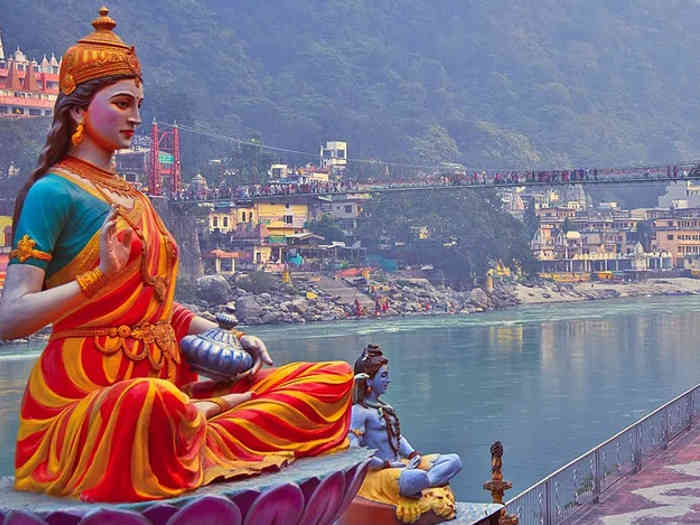
Ganga Dussehra is a Hindu festival that celebrates the descent of the holy river Ganges on Earth. It is observed on the 10th day of the bright half of the Hindu month of Jyeshtha, which usually falls in May or June. This festival holds great significance for millions of Hindus who revere the Ganges River as a sacred and purifying force.
Devotees from various parts of India and beyond congregate along the banks of the Ganges to pay their respects to the holy river and seek purification through its sacred waters.
Ganga Dussehra is not only a religious celebration but also a cultural and environmental reminder of the importance of protecting and preserving the Ganges River.
Gaurikund Temple is a sacred Hindu temple situated in the Garhwal region of Uttarakhand, India. This temple is dedicated to Goddess Parvati, the consort of Lord Shiva, and it holds significant religious importance.
The temple is dedicated to Goddess Parvati, affectionately referred to as Gauri, who is the divine consort of Lord Shiva. The temple's architecture is known by its traditional North Indian style, featuring intricate carvings and designs that reflect the rich cultural heritage of the region.
It stands as a symbol of faith, devotion, and the enduring bond between Lord Shiva and Goddess Parvati, offering an enriching and spiritually uplifting experience for all who come to pay their respects.
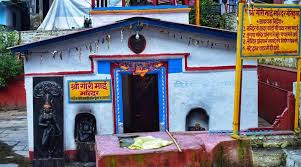
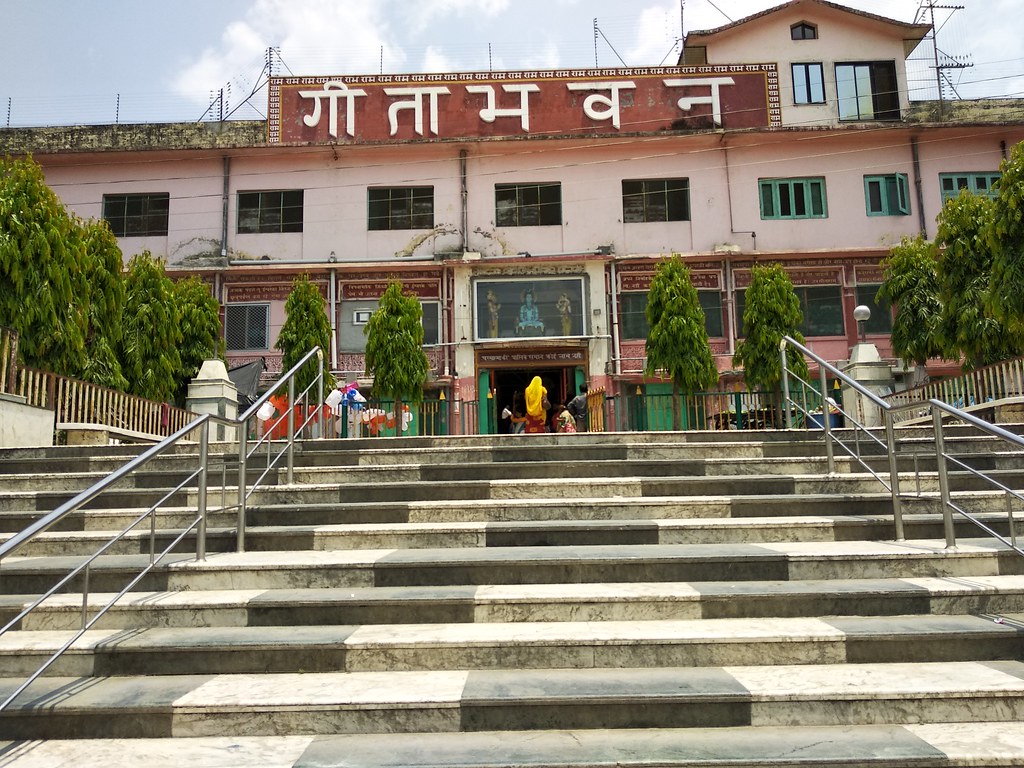
Geeta Bhawan is a prominent religious and spiritual center located in the holy city of Haridwar, India. It is known for its teachings of the Bhagavad Gita and its role in promoting spiritual and cultural awareness.
The center is dedicated to the teachings of the Bhagavad Gita, one of the most revered texts in Hindu philosophy, and it plays a vital role in disseminating the wisdom contained in this scripture.
The institution also organizes cultural programs and events, including devotional music and dance performances. It comes alive during important religious festivals, attracting devotees and tourists who want to partake in the vibrant customs and traditions.
Golu Devta, also known as Gwal Devta, is a revered deity worshiped in the Kumaon region of Uttarakhand, India. He is considered the "God of Justice" and is known for his unique tradition of offering written petitions to seek justice. According to the local folklore and traditions as the "God of Justice" and is believed to have the power to grant justice to those who seek it. Devotees write their grievances or requests on a piece of paper and tie it to a tree near Golu Devta's temple. It is believed that the deity reads these written petitions and dispenses justice accordingly, making this practice unique in the realm of Indian spirituality. Golu Devta is worshiped with great fervor and enthusiasm during local festivals and fairs. People from various walks of life come to pay their respects to this revered deity and participate in the festivities.The unique tradition of Golu Devta has been a part of the cultural and religious heritage of the Kumaon region for generations, showcasing the deep faith and devotion of the local people.
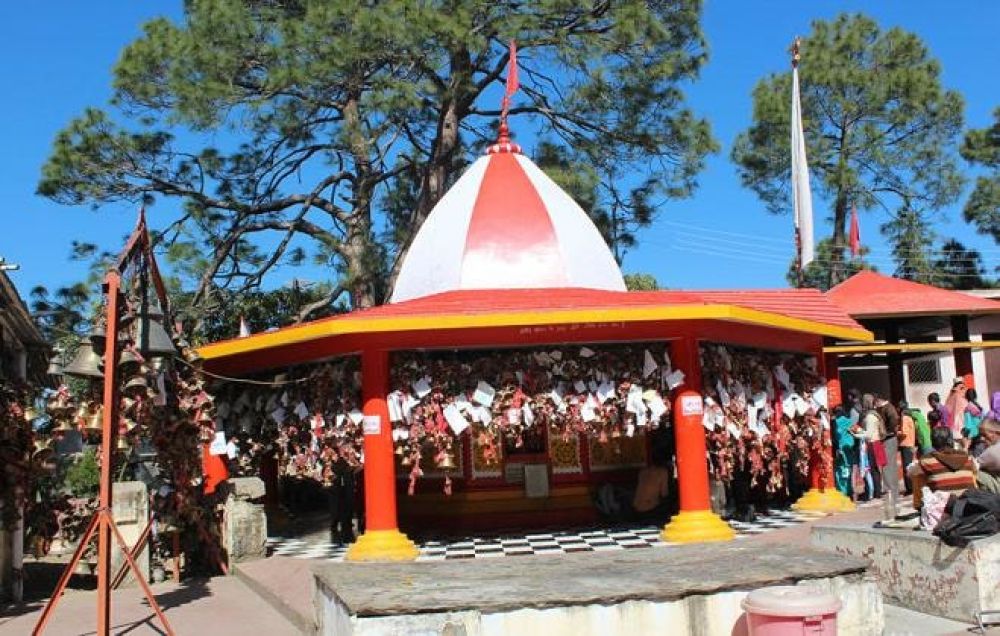

The Golu Devta Temple, situated in Uttarakhand, India, is a significant religious site dedicated to Lord Golu Devta, revered as the God of Justice and the deity for justice-seekers. Devotees visit this temple to seek justice and solutions to their problems by writing letters to the deity.
The architecture of the temple follows the traditional Kumaoni style, exhibiting intricate wooden carvings and a serene ambiance that attracts both pilgrims and tourists alike. Golu Devta Temple stands as a testimony to the unwavering faith of devotees and the belief in divine justice, making it a place of spiritual significance and cultural heritage in Uttarakhand.
Legend has it that the wishes and grievances expressed in these letters are fulfilled, making it a sacred place where justice is believed to be delivered.
Gopinath Temple, situated in the Chamoli district of Uttarakhand, is a revered Hindu temple dedicated to Lord Krishna. Nestled amidst the serene Himalayas, this ancient temple holds significant religious importance and historical value.
Devotees flock here to seek blessings and immerse themselves in the spiritual ambiance that resonates within the temple premises. It is surrounded by breathtaking natural beauty, the temple offers a tranquil escape from the hustle and bustle of daily life. It stands as a testimony to the region's rich cultural heritage and religious traditions, attracting pilgrims.
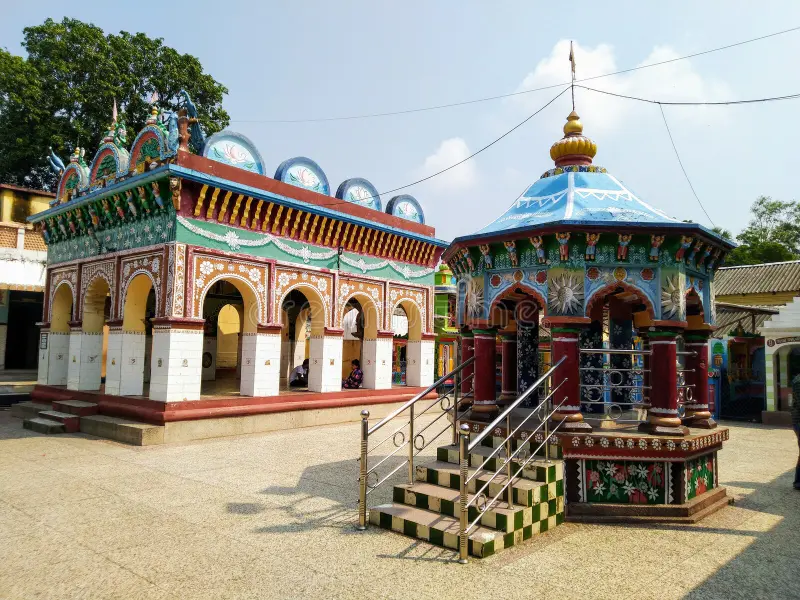
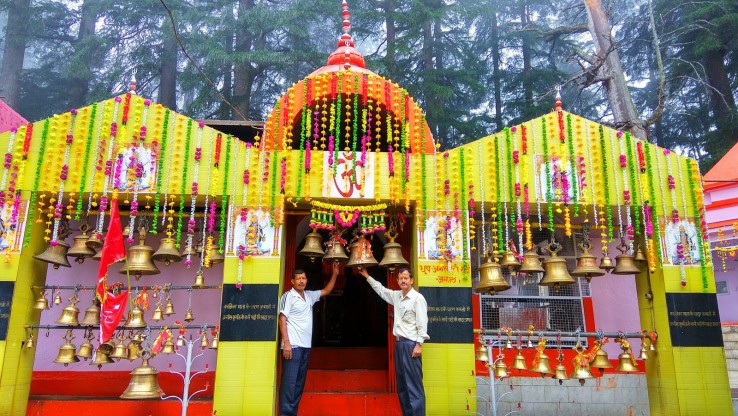
These temples are sacred Hindu shrines dedicated to the Goddess Shakti, where it is believed that body parts of the Goddess Sati fell after Lord Shiva's tandava (dance of destruction) following Sati's self-immolation. In Uttarakhand, the Shaktipeeth temple is significant and holds cultural and religious importance.
This revered temple is nestled amidst scenic surroundings along the banks of the Ganges River, attracting devotees seeking blessings and spiritual solace. The scenic beauty and religious fervor combined with the spiritual aura make the Haat Kalika temple in Uttarakhand a revered destination for devotees and travelers seeking divine blessings and a deeper connection with Hindu mythology and spirituality.
The Haidakhan Temple, situated in Uttarakhand, is a revered spiritual destination renowned for its tranquil surroundings and spiritual significance. Nestled amidst the Kumaon hills, this temple holds immense reverence among devotees due to its association with Haidakhan Baba, a spiritual leader believed to be an incarnation of Lord Shiva.
The teachings of Haidakhan Baba emphasizing simplicity, love, and selfless service resonate deeply within the devotees' hearts. The Haidakhan Temple stands not just as a physical structure but as a sanctuary where spiritual seekers find solace, inspiration, and a connection to the divine, fostering a sense of peace and unity among all who visit.
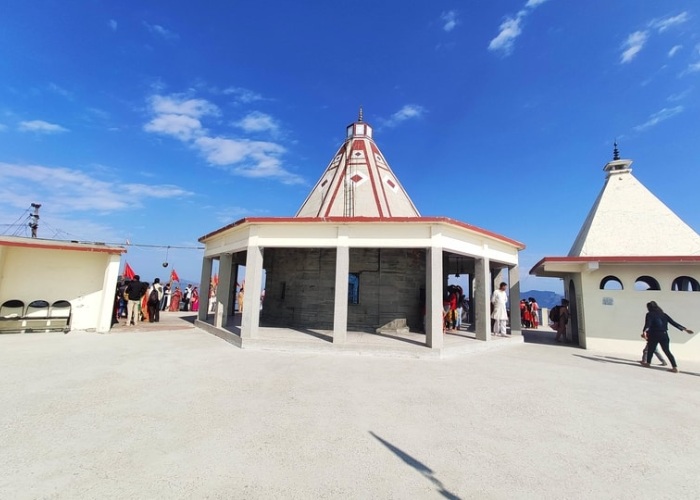
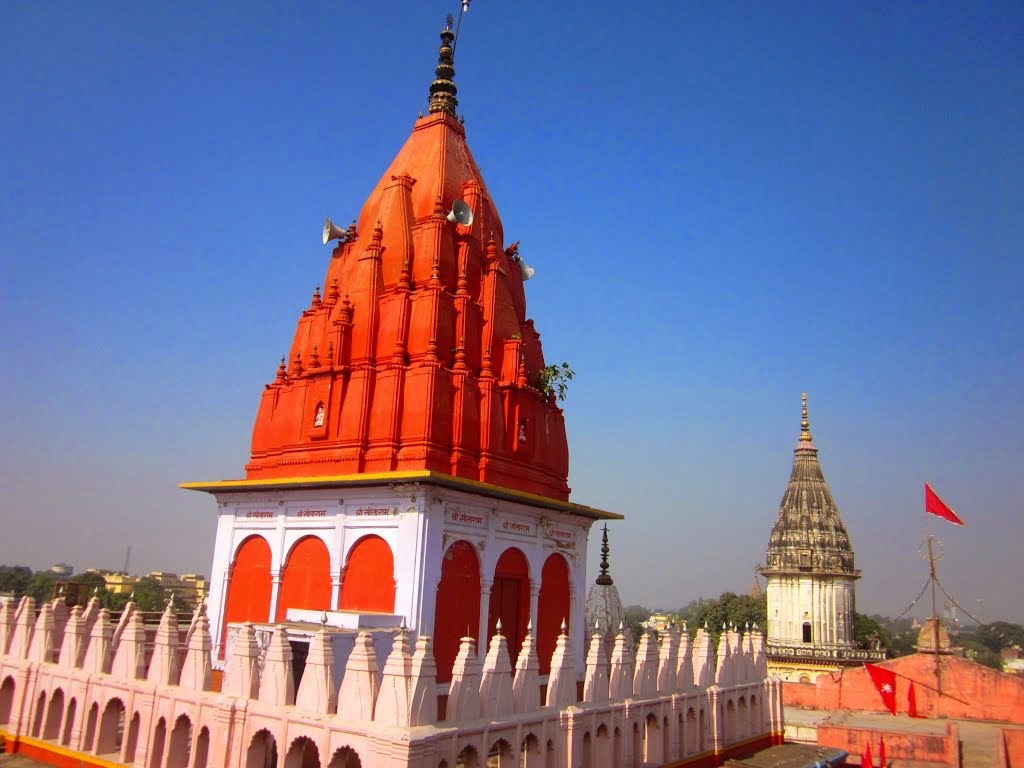
Hanuman Garhi is a famous temple dedicated to Lord Hanuman, located in the town of Nainital in Uttarakhand, India. Positioned at an altitude of 6,401 feet above sea level, this revered temple is a significant religious site attracting devotees and tourists alike.
Hanuman Garhi is not just a religious site but also a tranquil spot for meditation and introspection. The sunset and sunrise views from this location are particularly stunning, drawing tourists seeking both spiritual solace and natural beauty. Hanuman Garhi is not just a place of worship; it's a cultural landmark in Uttarakhand.
The Ganga Aarti in Haridwar, Uttarakhand, is a sacred ritual performed at Har Ki Pauri Ghat along the banks of the river Ganges. This ancient and deeply spiritual ceremony takes place every evening, showcasing the devotion and reverence towards the Ganges, known as the holy river in Hinduism.
The Ganga Aarti in Haridwar is not merely a ritual; it's a spiritual experience that connects people to the divine and instills a sense of purity and tranquility. The magnificence of this ceremony attracts numerous tourists and devotees from all corners of the world, leaving an indelible mark on their hearts and minds, showcasing the rich cultural and spiritual heritage of Uttarakhand.
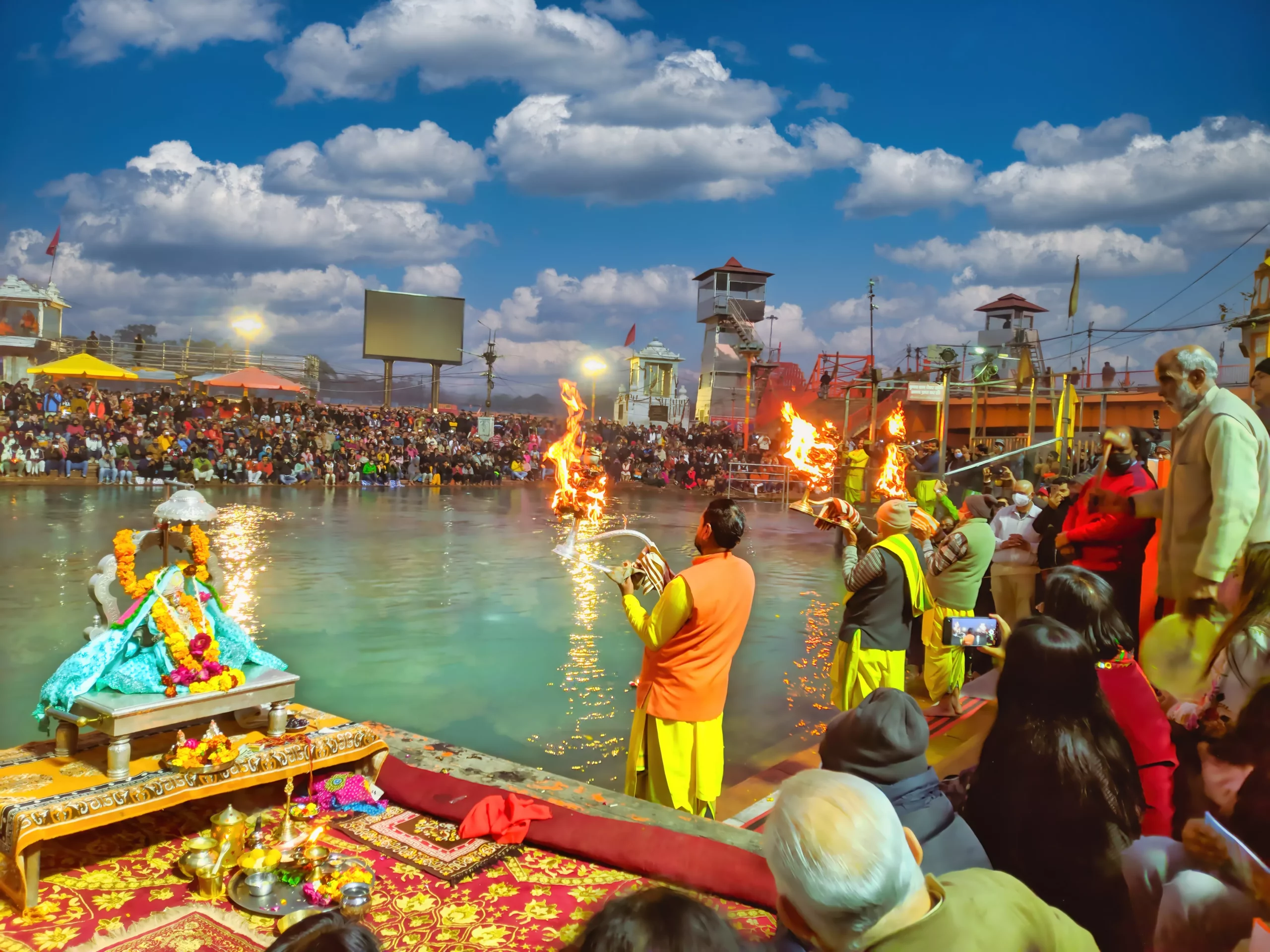
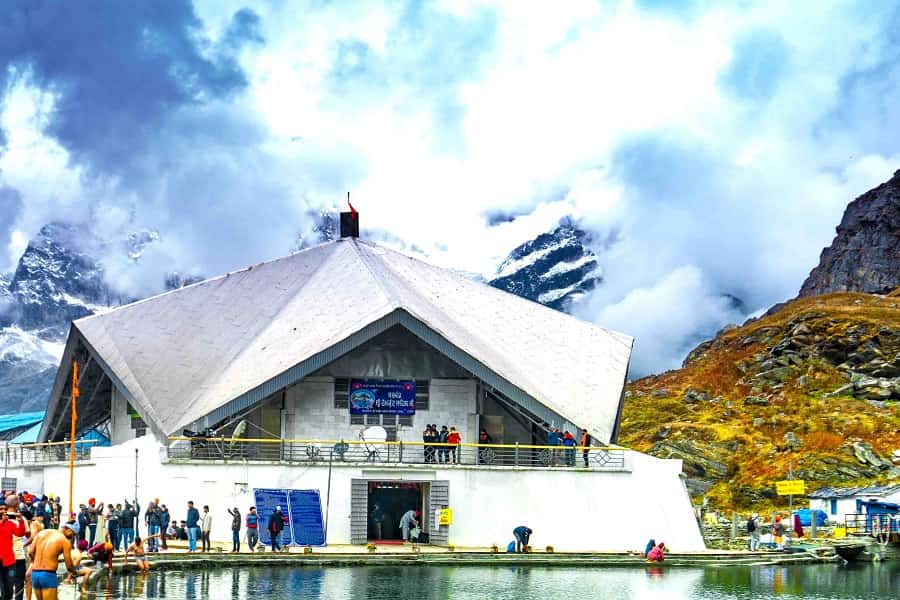
Hemkund Sahib is a revered Sikh pilgrimage site located in the Chamoli district of Uttarakhand, India. Situated at an altitude of around 4,632 meters (15,197 feet) above sea level, Hemkund Sahib is surrounded by snow-capped mountains and pristine natural beauty.
Pilgrims undertake a steep trek, passing through scenic forests, rugged terrain, and breathtaking landscapes to reach Hemkund Sahib. This journey can only be done during the summer months. Hemkund Sahib holds significant religious and cultural importance for the Sikh community and attracts devotees and tourists.
Badrinath, situated in the Chamoli district of Uttarakhand, is a sacred town in the Himalayas renowned for its religious significance in Hinduism. Nestled between the Nar and Narayana mountain ranges, it's one of the Char Dham pilgrimage sites and holds immense spiritual importance.
The focal point is the Badrinath Temple, dedicated to Lord Vishnu.This ancient temple stands tall against the breathtaking backdrop of snow-capped peaks. Badrinath serves as a gateway to various other religious sites, including Mana Village, Vyas Gufa, and the renowned hot spring, Tapt Kund, believed to have medicinal properties. Badrinath is a captivating destination due to its blend of spirituality, natural beauty, and cultural heritage.
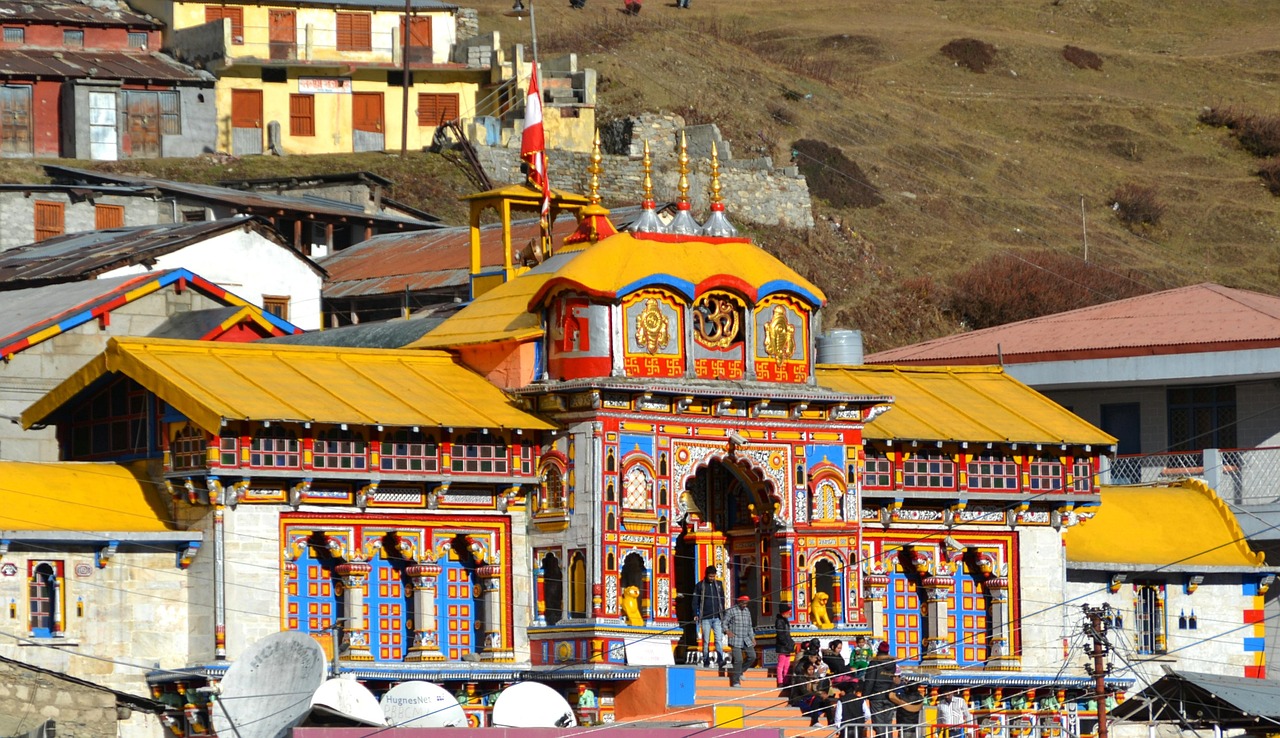
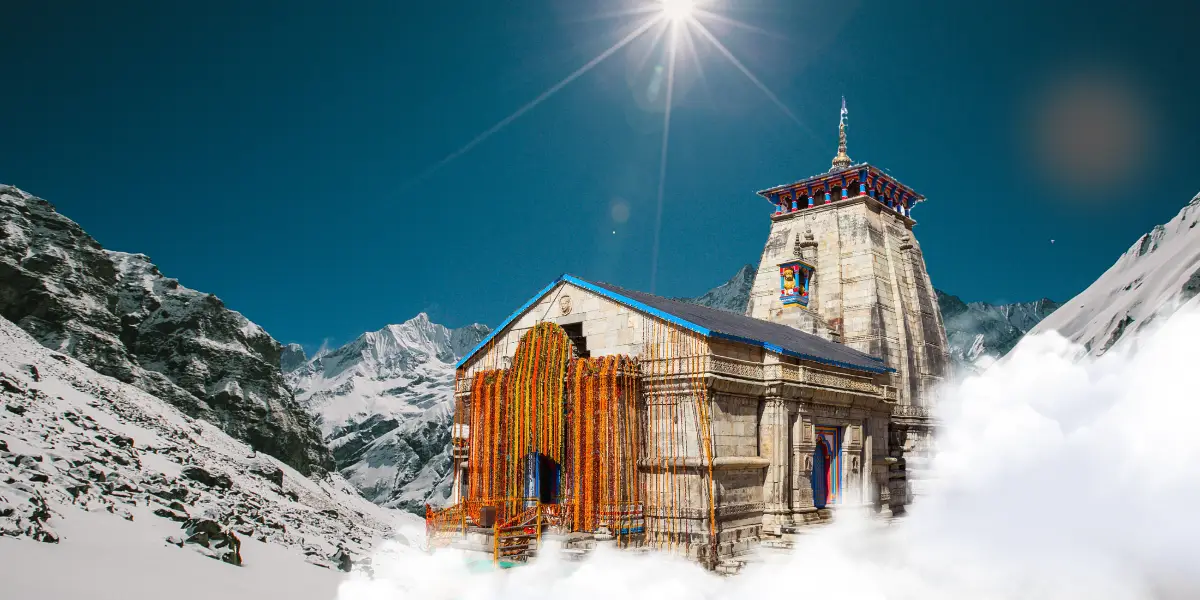
Kedarnath is a sacred town in the Rudraprayag district of Uttarakhand, India, nestled amidst the majestic Himalayas. It's renowned for the ancient Kedarnath Temple, dedicated to Lord Shiva, and holds immense religious significance for Hindus. It is one of the highest among the Char Dham pilgrimage sites. Pilgrims and tourists visit Kedarnath to seek spiritual blessings and witness the awe-inspiring natural beauty of the region.
Kedarnath Temple and the gradual restoration of the town have symbolized a renaissance, drawing pilgrims and travelers once again to this sacred site. The reconstructed temple, perched amidst the mountains, stands as a testament to faith.
Gangotri, located in the Uttarkashi district of Uttarakhand, holds immense significance in Hindu mythology and is revered as the origin point of the River Ganges, known as Bhagirathi at its source. It is nestled amidst the majestic Himalayas at an altitude of around 3,100 meters.
Pilgrims believe that taking a dip in the holy waters of the Bhagirathi River absolves them of sins and brings salvation. The region surrounding Gangotri showcases a rich biodiversity with diverse flora and fauna, including rare Himalayan species. The serene ambiance, coupled with the spiritual aura, makes Gangotri an ideal destination for seekers of both divine blessings and natural beauty.
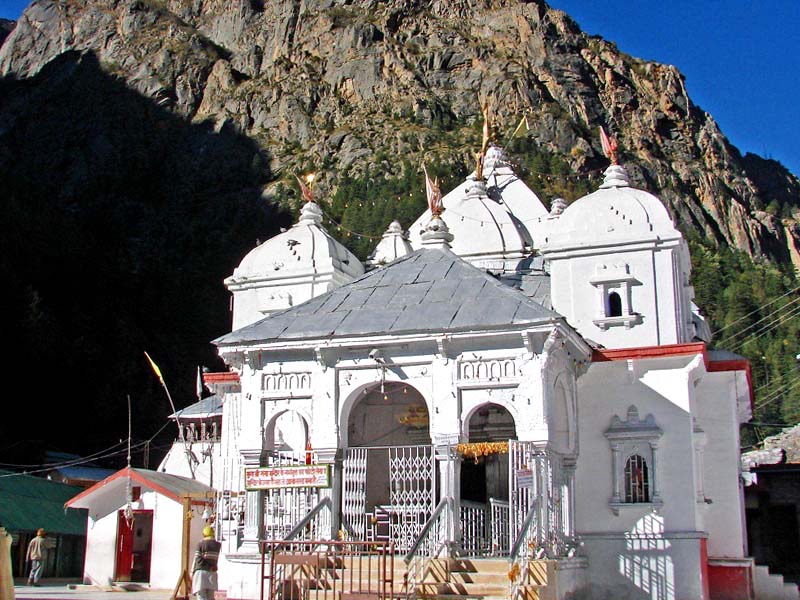
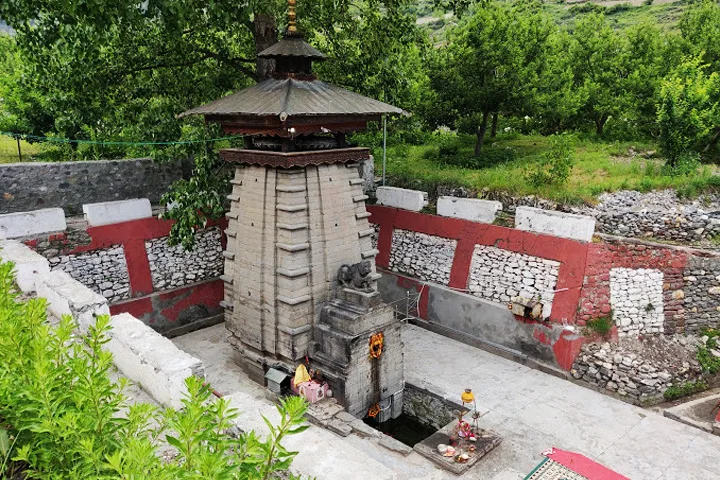
Jalmagna Shivlinga" is basically a submerged natural rock formation in the Uttarakhand region of India, often associated with Lord Shiva. This sacred formation, believed to resemble a Shiva Linga, is located in the midst of the Khatling Glacier.
Hindu devotees who undertake pilgrimages in the region. It remains submerged in the waters of the Bhilangna River, only becoming visible during specific times or under particular conditions, adding to its mystique and spiritual allure. Its submerged presence symbolizes the divine connection between nature and spirituality, drawing devotees to seek blessings and solace.
The Jhula Devi Temple, nestled in the scenic hills of Uttarakhand, holds a significant place in the region's spiritual landscape. Dedicated to Goddess Durga, this ancient temple is renowned for its unique practice of tying bells as offerings.
It is situated near Ranikhet, the temple's serene ambiance captivates visitors. Its main deity, Goddess Durga, is revered for her protective powers. Devotees believe that tying bells grants their wishes and seek protection from troubles and evil spirits. The temple's architecture reflects the traditional Kumaoni style, adding to its cultural significance. Surrounded by dense forests, the site offers a tranquil escape for pilgrims and tourists both in terms of peace and spirituality.
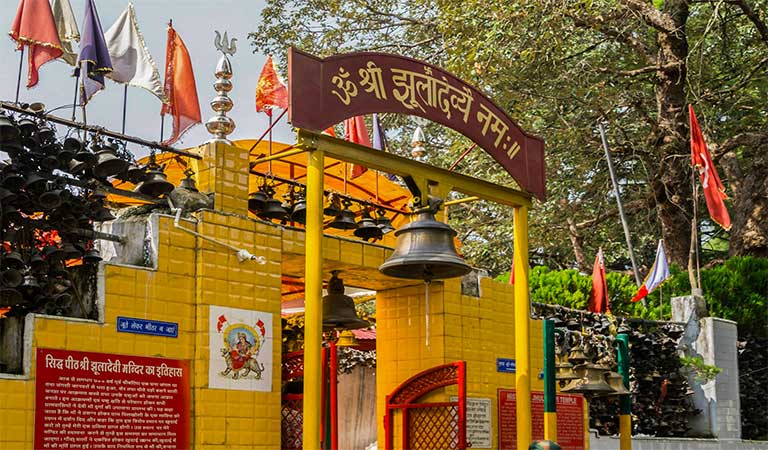
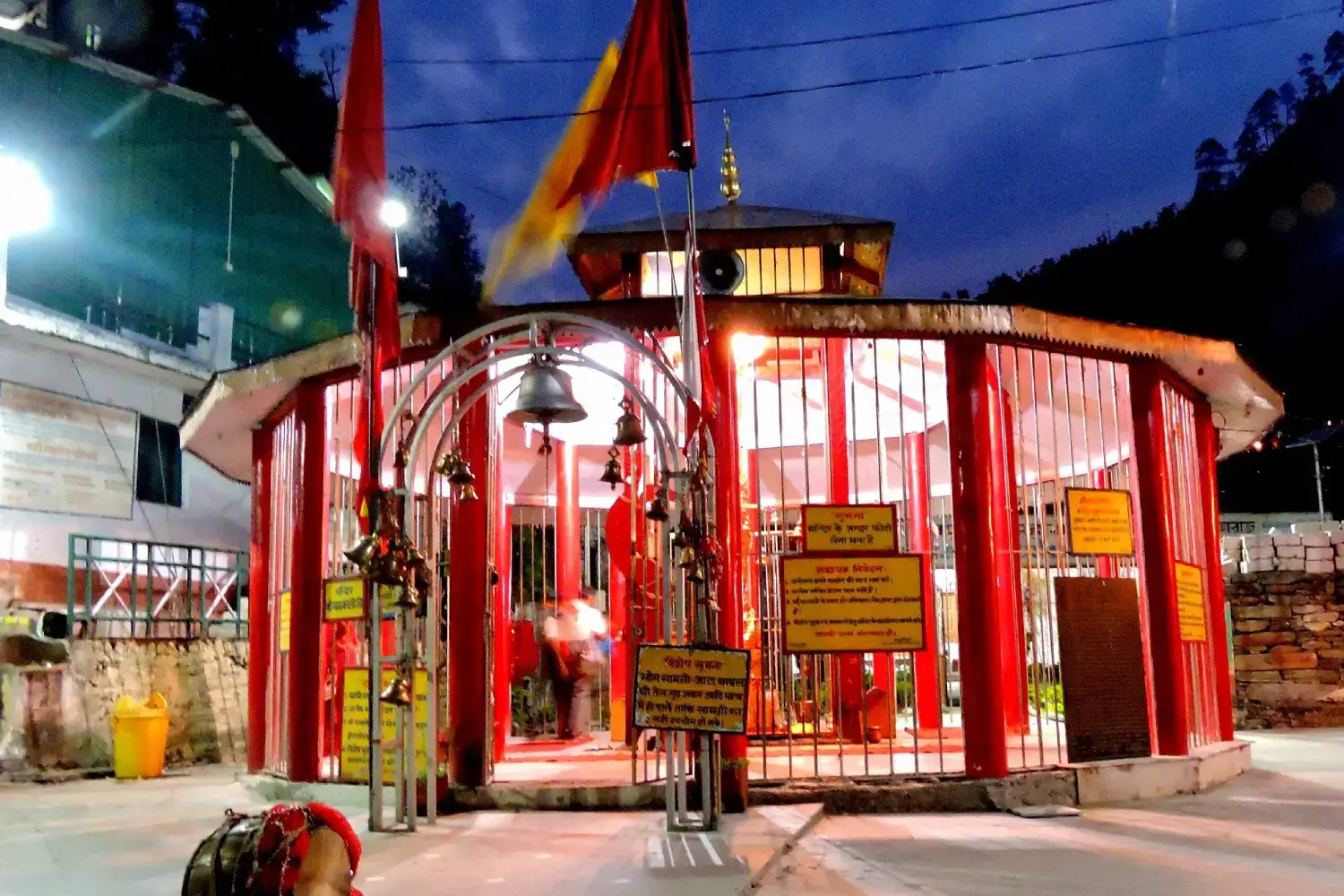
Kalimath, nestled in the Uttarakhand region of India, is a serene and spiritually significant destination. Situated amidst the stunning Himalayas, this sacred town holds great reverence among devotees. Its tranquil ambiance, coupled with the panoramic vistas of the mountains, creates an ideal setting for introspection and spiritual contemplation.
This ancient shrine attracts pilgrims from far and wide who seek blessings and solace in the divine presence. The temple is perched at an altitude that offers breathtaking views of the surrounding peaks, adding to the spiritual experience of visitors.
The trekking trails surrounding Kalimath offer adventure seekers an opportunity to explore the untamed wilderness and witness the untouched splendor of the Himalayas. In short, it’s a completely offbeat experience.
Kalishila in Rudraprayag, Uttarakhand, holds significant spiritual and historical importance. Situated near the holy confluence of Alaknanda and Mandakini rivers, Kalishila is renowned as the place where Goddess Kali is believed to have resided.
Kalishila's pristine surroundings and tranquil ambiance make it an ideal destination for spiritual seekers and nature enthusiasts alike. The site's serene atmosphere and natural beauty make it a haven for those seeking solace amidst the majestic Himalayan ranges.
Many travelers go for trekking expeditions, to explore the surrounding natural landscapes or spend time in quiet contemplation, enjoying the majestic vistas that stretch far and wide. This place is truly a definition of solace.
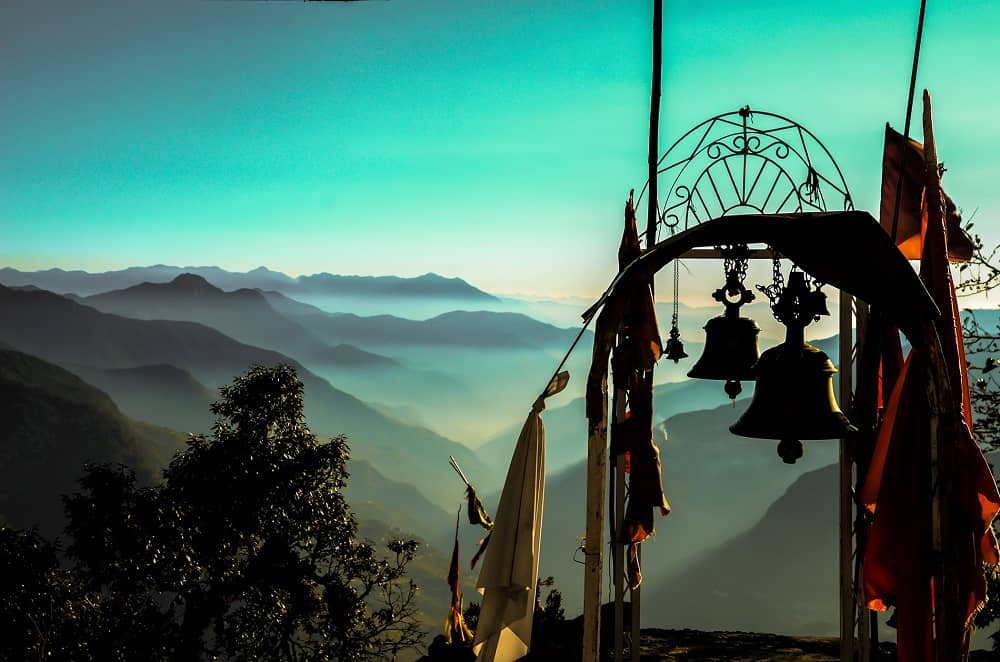

The Kamakhya Devi Temple, located in the northeastern state of Uttarakhand and city in Pithoragarh. But main temple located in Assam. is one of the most revered shrines in India. Dedicated to Goddess Kamakhya, it holds significant spiritual importance in Hindu mythology.
The temple is associated with the powerful goddess Kamakhya, believed to be an embodiment of feminine energy and fertility. The main shrine, known as the Garbhagriha, houses a stone symbolizing the female reproductive organ. The temple hosts the Ambubachi Mela, a significant festival celebrating the goddess's menstruation cycle.
The Kapileshwar Mahadev Temple, nestled in the scenic state of Uttarakhand, is a revered Hindu shrine dedicated to Lord Shiva. Situated amidst the tranquil settings of Rudraprayag district, this ancient temple holds significant spiritual importance for devotees and pilgrims.
The temple's architecture, adorned with intricate carvings and spiritual motifs, resonates with the region's rich cultural heritage. Exploring Kapileshwar Mahadev Temple offers not only a religious experience but also an opportunity to witness the harmonious blend of spirituality and breathtaking natural landscapes that Uttarakhand is renowned for.
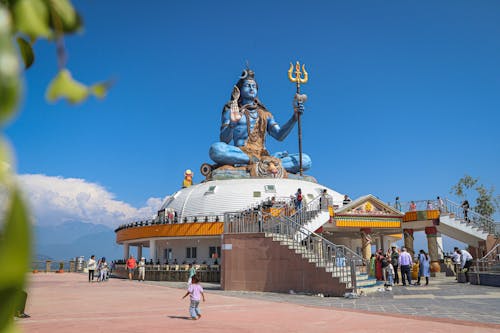
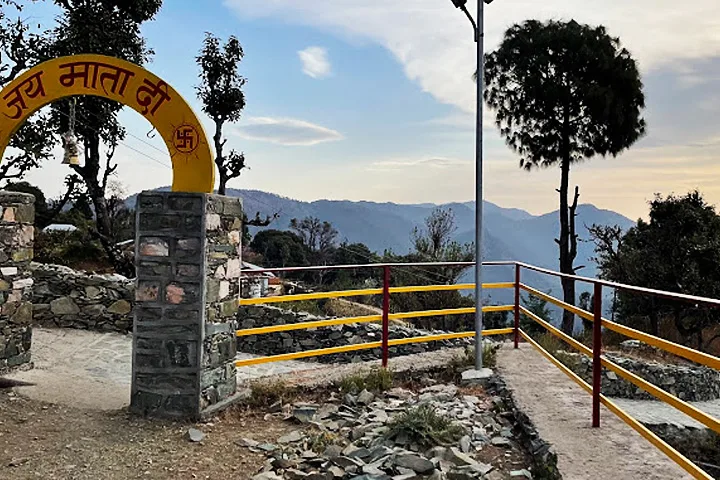
The Karkotaka temple in Bhimtal, Uttarakhand, holds significant religious and historical importance. Nestled amidst the serene environs of Bhimtal, this temple is dedicated to Karkotak, a serpent king in Hindu mythology.
Karkotak, known for his devotion to Lord Shiva, performed intense penance at this site, leading to the temple's establishment. Devotees visit the temple to seek blessings for protection against snake bites and to offer prayers for the well-being of their families. It is also a home to conducting religious celebrations, especially the Nag Panchami festival, attracts a significant number of devotees who come to pay homage to snakes, revered as divine beings in Hindu mythology.
The Kashi Vishwanath Temple in Uttarkashi holds immense spiritual significance and is a revered Hindu pilgrimage site nestled in the picturesque Himalayas. Dedicated to Lord Shiva, this temple stands as a divine abode and attracts devotees seeking blessings and spiritual peace.
Devotees visit this sacred site to offer prayers, seeking blessings for prosperity, spiritual awakening, and liberation from the cycle of birth and death. The Kashi Vishwanath Temple stands as a testimony to the religious fervor and deep-rooted faith of devotees who traverse miles to seek the divine blessings of Lord Shiva.
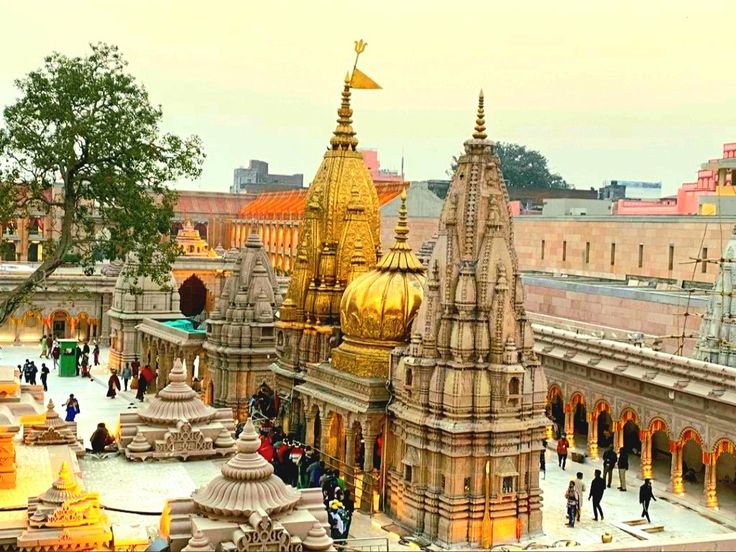
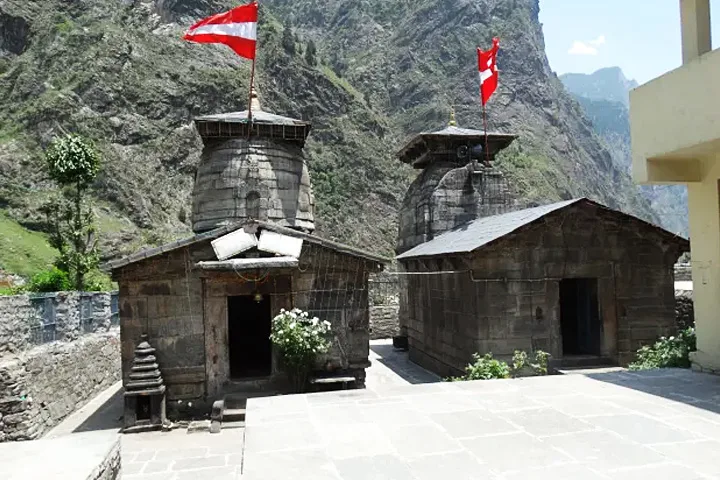
The Yogdhyan Badri Temple is a sacred Hindu shrine nestled in the serene surroundings of Uttarakhand, India. Dedicated to Lord Vishnu, this temple holds immense spiritual significance among devotees and pilgrims.
It is believed to be the place where Lord Vishnu, in the form of Yoga Nidra,, meditated while observing the world. The idol of Lord Vishnu is depicted in a yogic posture, symbolizing meditation and cosmic consciousness. The journey to this sacred site often involves a trek or a scenic drive through picturesque landscapes, adding to the pilgrimage's significance and the sense of devotion for those who undertake it.
The Gairar Golu Devta Temple stands as a revered shrine in the Kumaon region of Uttarakhand, India, drawing devotees seeking the blessings of Golu Devta, the local deity believed to be an incarnation of Lord Shiva.
The idol of Golu Devta is represented by a sacred stone, believed to embody the deity's divine presence. Devotees offer prayers, make offerings, and tie written petitions or wishes onto the temple walls or the branches of nearby trees in the hope that Golu Devta will fulfill their desires.
The belief in Golu Devta's swift justice and ability to provide solutions to problems is deeply rooted among the local populace.
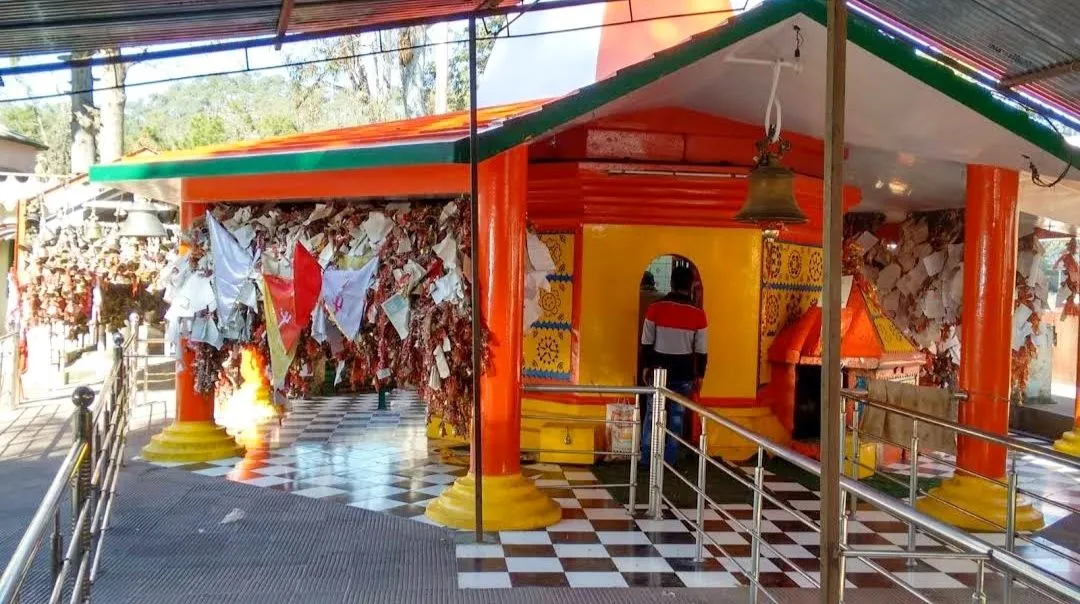
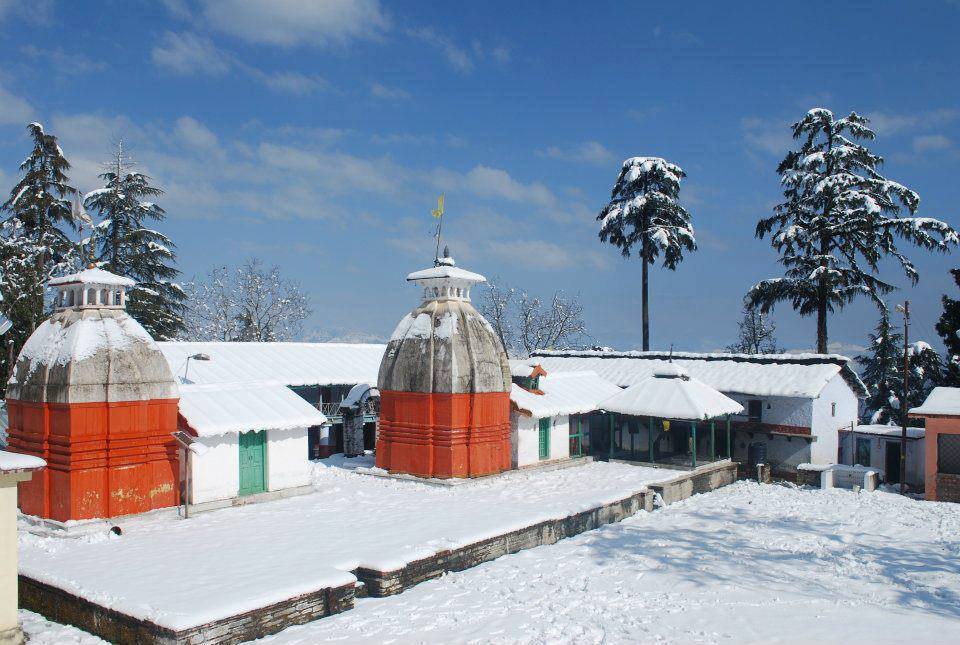
The Kyunkaleshwar Mahadev Temple, nestled in the mystical lands of Uttarakhand, India, stands as a revered shrine dedicated to Lord Shiva. Perched amidst the serene hills and verdant landscapes, this ancient temple holds deep spiritual significance and draws devotees seeking blessings and spiritual solace.
The temple is enshrined with a Shiva Linga, the representation of Lord Shiva, adorned with devout offerings and worshipped with fervor by pilgrims and locals alike. Devotees flock to this sacred site to seek blessings. Visitors and pilgrims visit this place for a sense of peace and spiritual elevation while experiencing the sanctity and grace of this revered abode of Lord Shiva.
The Lakha Mandal Shiv Temple stands as a revered site of religious significance in the beautiful state of Himachal Pradesh, India. Nestled amidst the breathtaking landscapes of the Chamba district, this ancient temple is a testament to the rich cultural heritage and devotion to Lord Shiva.
The Lakha Mandal Shiv Temple is renowned for its intricate carvings and historical importance. The temple complex houses numerous miniature Shivlingas. The temple's serene ambiance, surrounded by the majestic Dhauladhar mountain range and lush greenery, adds to the spiritual aura and tranquil atmosphere, making it an ideal destination for seekers of divine blessings and inner peace.

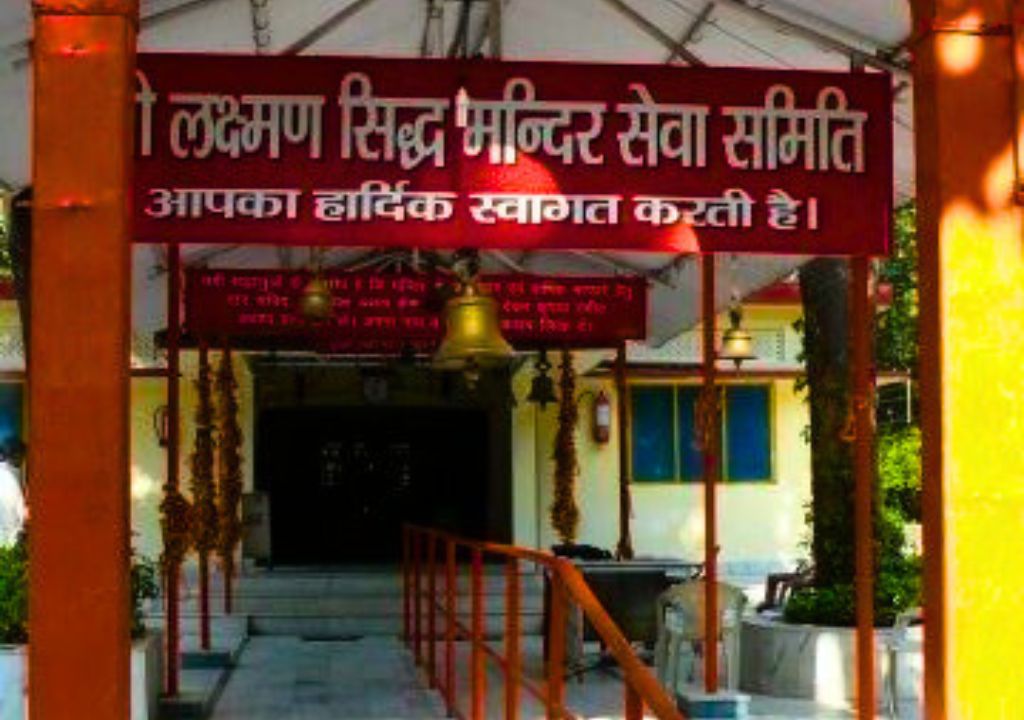
The Laxman Siddh Temple is a revered Hindu shrine located in the scenic and spiritually rich region of Uttarakhand, India. Situated in the quaint town of Chakrata, this ancient temple holds profound religious significance, drawing devotees and pilgrims seeking blessings and spiritual solace.
The temple offers a serene and tranquil atmosphere, ideal for meditation and introspection. Devotees believe that paying homage to Laxman Siddh bestows blessings for the fulfillment of desires, prosperity, and spiritual elevation.
Laxman Siddh Temple is a place of profound reverence and spiritual resonance. Its serene location and the tranquility it offers make it a cherished destination for those on a quest for spiritual fulfillment and inner harmony.
The Maa Barahi Devi Temple in Devidhura, nestled in the Kumaon region of Uttarakhand, India, is a revered Hindu shrine dedicated to Goddess Barahi Devi, an incarnation of Goddess Durga. Perched atop a picturesque hill amidst lush greenery, the temple's serene and tranquil ambiance offers a sense of spirituality and divine connection to all who visit.
The journey to the Maa Barahi Devi Temple is not only a spiritual pilgrimage but also an opportunity to immerse oneself in the natural beauty of the surroundings. The tranquil environment and panoramic views of the Himalayas add to the overall spiritual experience.
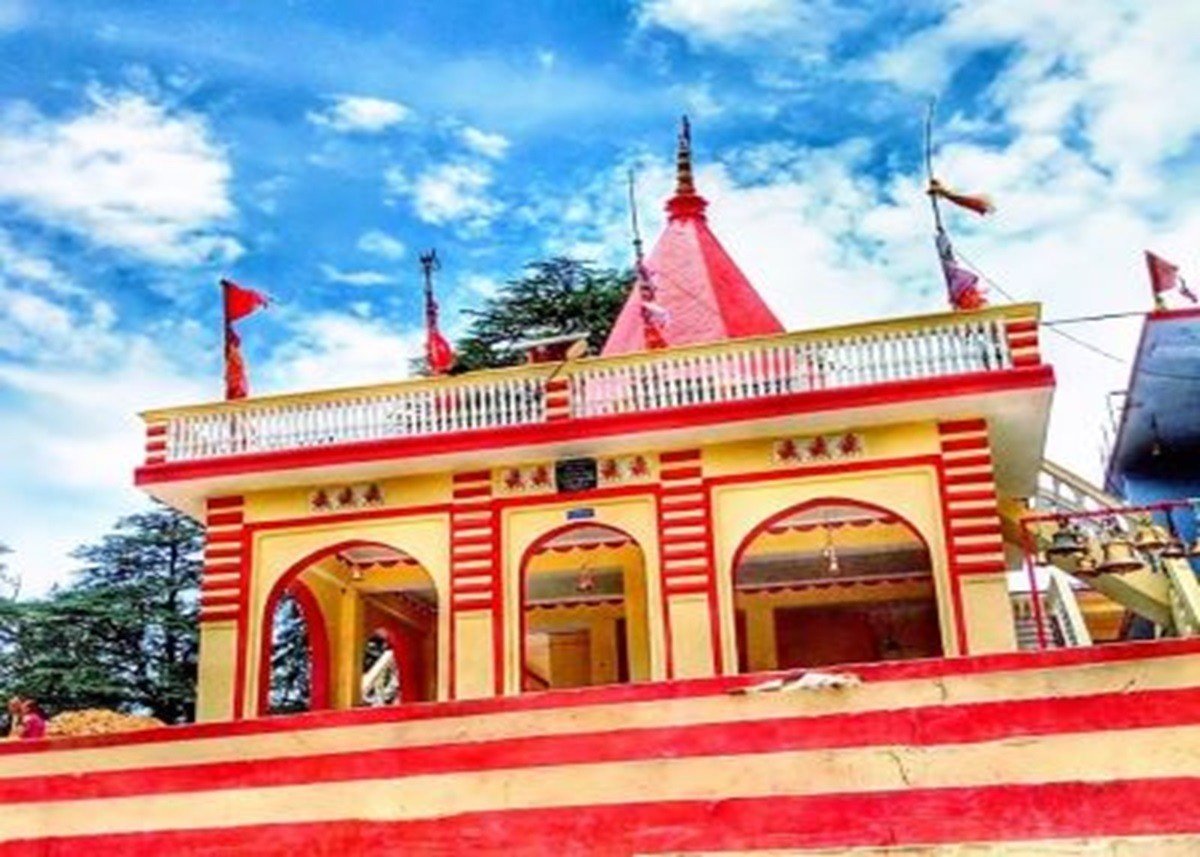
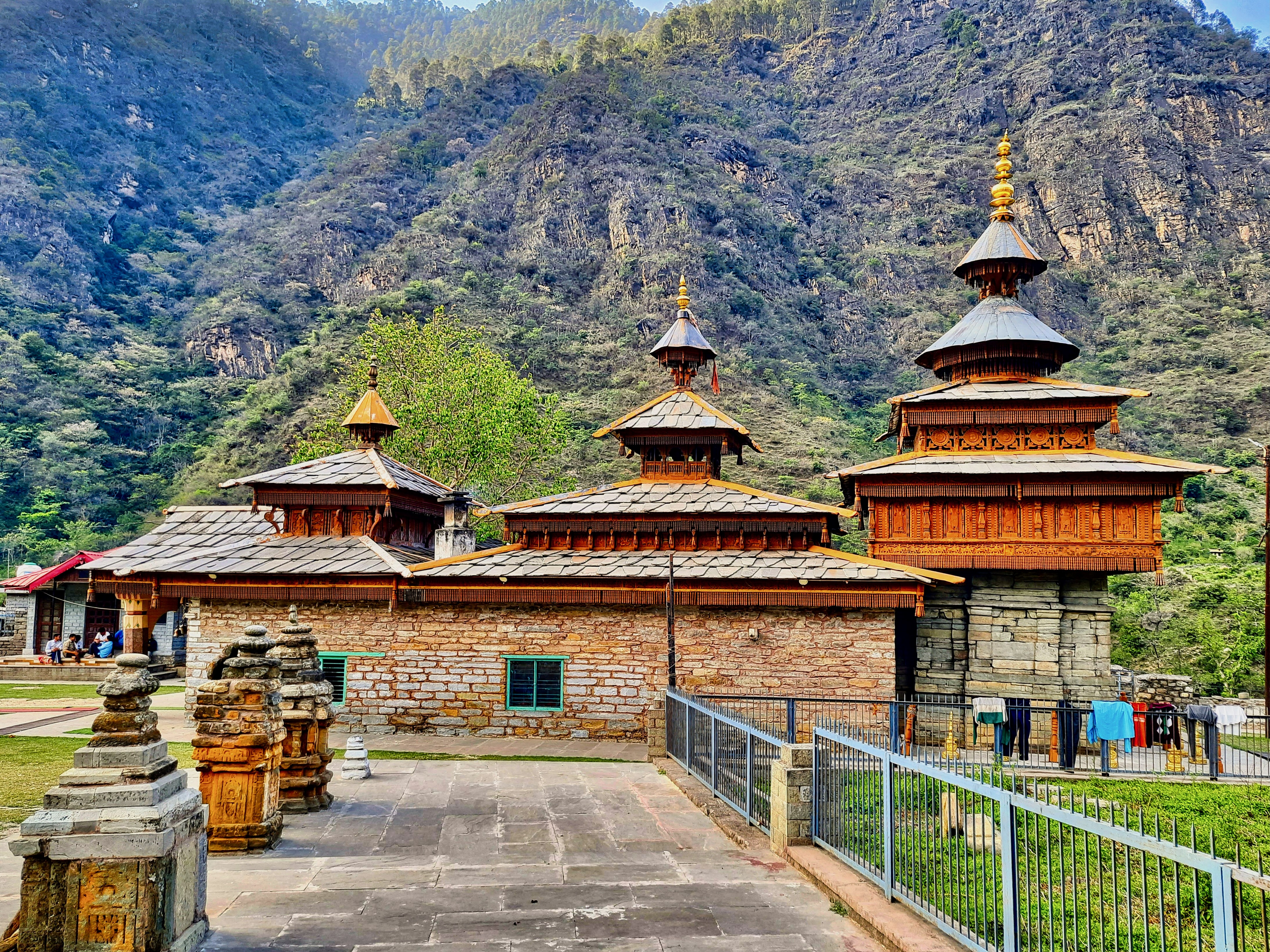
The Mahasu Devta Temple in Hanol is a revered and ancient temple nestled in the quaint village of Hanol, nestled amidst the lush greenery of Uttarakhand, India. Dedicated to Mahasu Devta, the reigning deity of the region, this temple holds immense cultural and religious significance among locals and pilgrims alike.
The deity, Mahasu Devta, is worshipped as a protector and bestower of blessings, known for his benevolence and guidance to the devotees. Pilgrims visiting the Mahasu Devta Temple in Hanol not only seek blessings but also immerse themselves in the rich cultural heritage of the region. The journey to this revered shrine often involves traversing through scenic landscapes, offering devotees a spiritual retreat amidst nature's bounty.
The Mahavatar Babaji Cave, nestled in the majestic Himalayas of Uttarakhand, India, holds an esteemed place in the hearts of spiritual seekers and devotees. It is revered as the sacred abode where the legendary yogi Mahavatar Babaji is believed to have resided and imparted spiritual wisdom.
According to spiritual lore, Mahavatar Babaji is considered a timeless master who has been guiding seekers for centuries, including imparting wisdom to the renowned spiritual leader Paramahansa Yogananda. His teachings emphasize self-realization, meditation, and the unity of all beings.
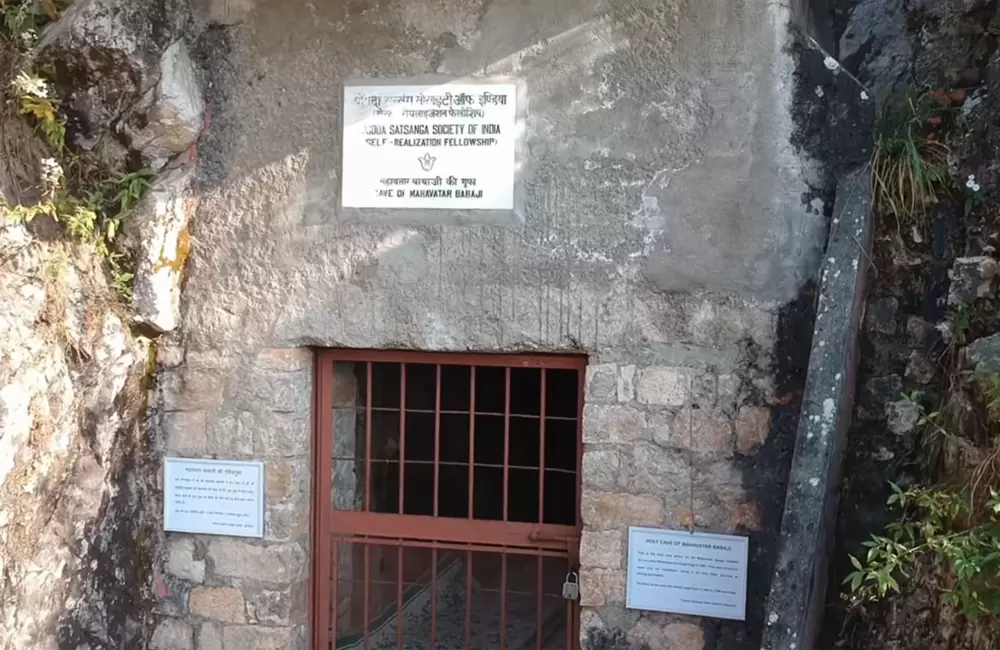
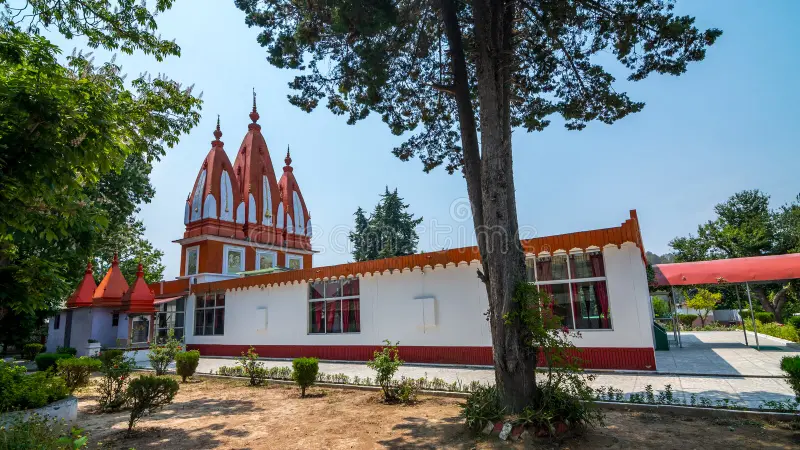
The Mankameshwar Temple, nestled in the heart of Agra, India, stands as a revered shrine dedicated to Lord Shiva. This ancient temple holds immense religious and historical significance, drawing devotees and tourists alike with its spiritual aura and architectural splendor.
Inside the temple, a Shiva Lingam is enshrined, symbolizing Lord Shiva, the destroyer and transformer in the Hindu pantheon. Devotees offer prayers, perform rituals, and seek divine blessings for prosperity, harmony, and the fulfillment of their aspirations. Visiting the Mankameshwar Temple offers not just a glimpse into the spiritual fabric of India but also a serene escape amidst the hustle and bustle of Agra.
The Mata Murti Temple is a significant place of worship and reverence in the town of Badrinath, Uttarakhand, India. Dedicated to Mata Murti, the mother of Lord Badrinath,, this temple is steeped in mythological and religious importance.
The temple stands as a symbol of maternal love, devotion, and the divine bond between a mother and her child. The idol of Mata Murti, adorned with traditional embellishments, evokes a sense of maternal compassion and divine grace. The shrine serves as a beacon of maternal love and spirituality, attracting devotees from far and wide who seek blessings, peace, and fulfillment in their lives.

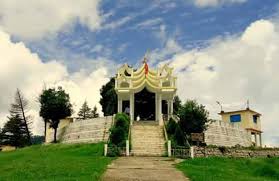
The Mostamanu Temple, an ancient and revered shrine located in the heart of the beautiful state of Uttarakhand, India, holds a special place in the hearts of devotees and spiritual seekers. Nestled amidst the breathtaking Garhwal Himalayas, the Mostamanu Temple is dedicated to Lord Shiva Mostamanu Temple is associated with an ancient mythological tale. It is believed that during the great cosmic churning of the oceans, Lord Shiva consumed the lethal poison to save the universe.
Pilgrims often embark on a spiritual journey to Mostamanu Temple, either by trekking through lush forests or through scenic drives, embracing the beauty of nature while immersing themselves in devotion and spirituality.
Mukteshwar Temple, nestled in the serene hills of Uttarakhand, stands as a testament to ancient architectural splendor and spiritual significance. Dedicated to Lord Shiva, this sacred site exudes tranquility and historical charm, attracting devotees and tourists alike.
Mukteshwar Temple holds immense religious importance, believed to be the place where Lord Shiva granted liberation or 'moksha' to a demon named Kalinjar. The sanctity and serene ambiance of this site make it a revered spot. Mukteshwar Temple provides a unique opportunity to connect with divinity while being engulfed in the lap of nature. It continues to draw pilgrims and travelers seeking an escape from the hustle and bustle of city life.
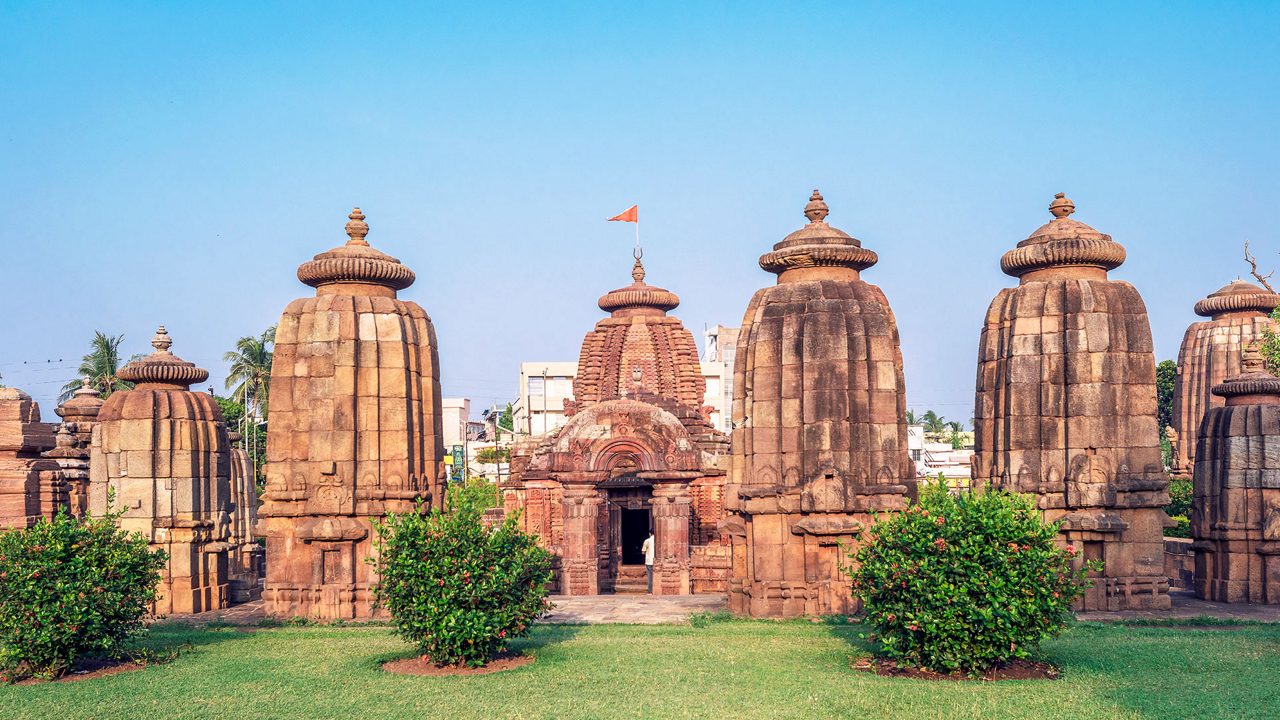
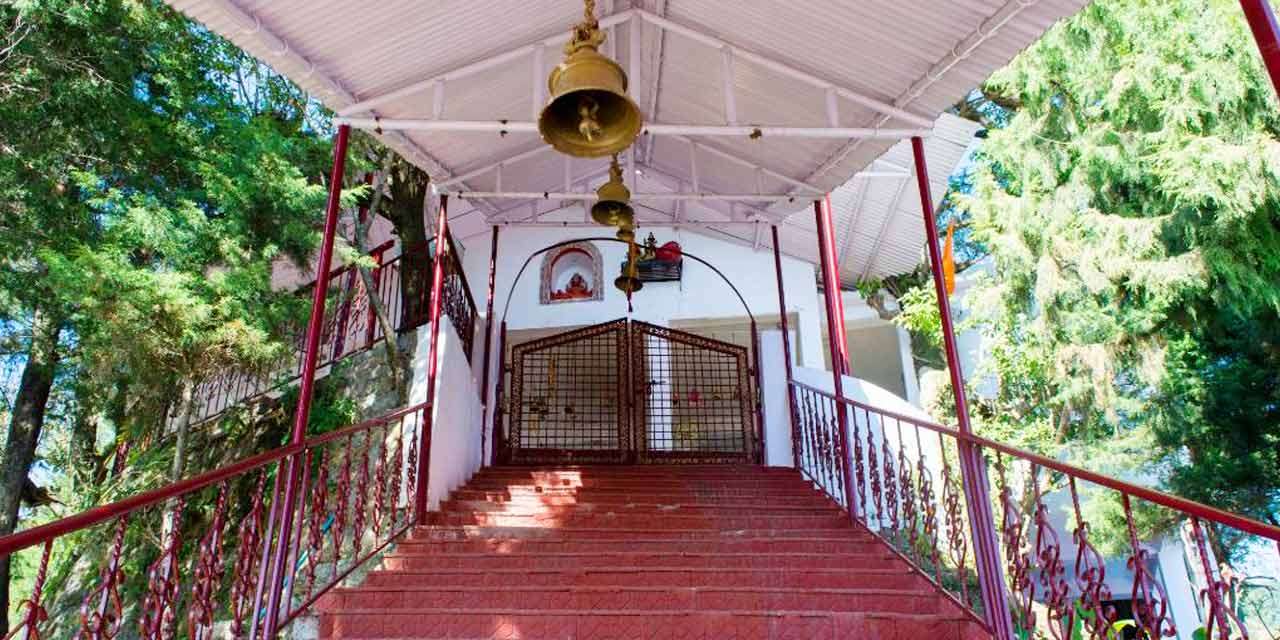
The Nag Dev Temple, nestled in Uttarakhand's serene surroundings, is a revered shrine dedicated to Nag Devta, the serpent deity in Hindu mythology. Situated amidst lush greenery, this ancient temple attracts devotees seeking blessings for protection from snake-related afflictions and seeking fertility, prosperity, and well-being.
The temple's tranquil ambiance and scenic beauty make it not only a religious site but also a place for spiritual rejuvenation and peaceful contemplation. Devotees offer milk, sweets, and flowers to the idol of Nag Devta as a form of reverence.
Nagnath Temple, located in the Pithoragarh district of Uttarakhand, is a significant religious site dedicated to Lord Shiva. This ancient temple holds great spiritual importance among devotees and pilgrims. It is situated amidst serene surroundings, offering breathtaking views of the Himalayas.
The architecture of the temple showcases traditional design elements, attracting tourists interested in cultural heritage and religious sites. Surrounded by natural beauty, Nagnath Temple offers a tranquil atmosphere for meditation and spiritual contemplation, making it a sought-after destination for both religious pilgrims and tourists seeking serenity.

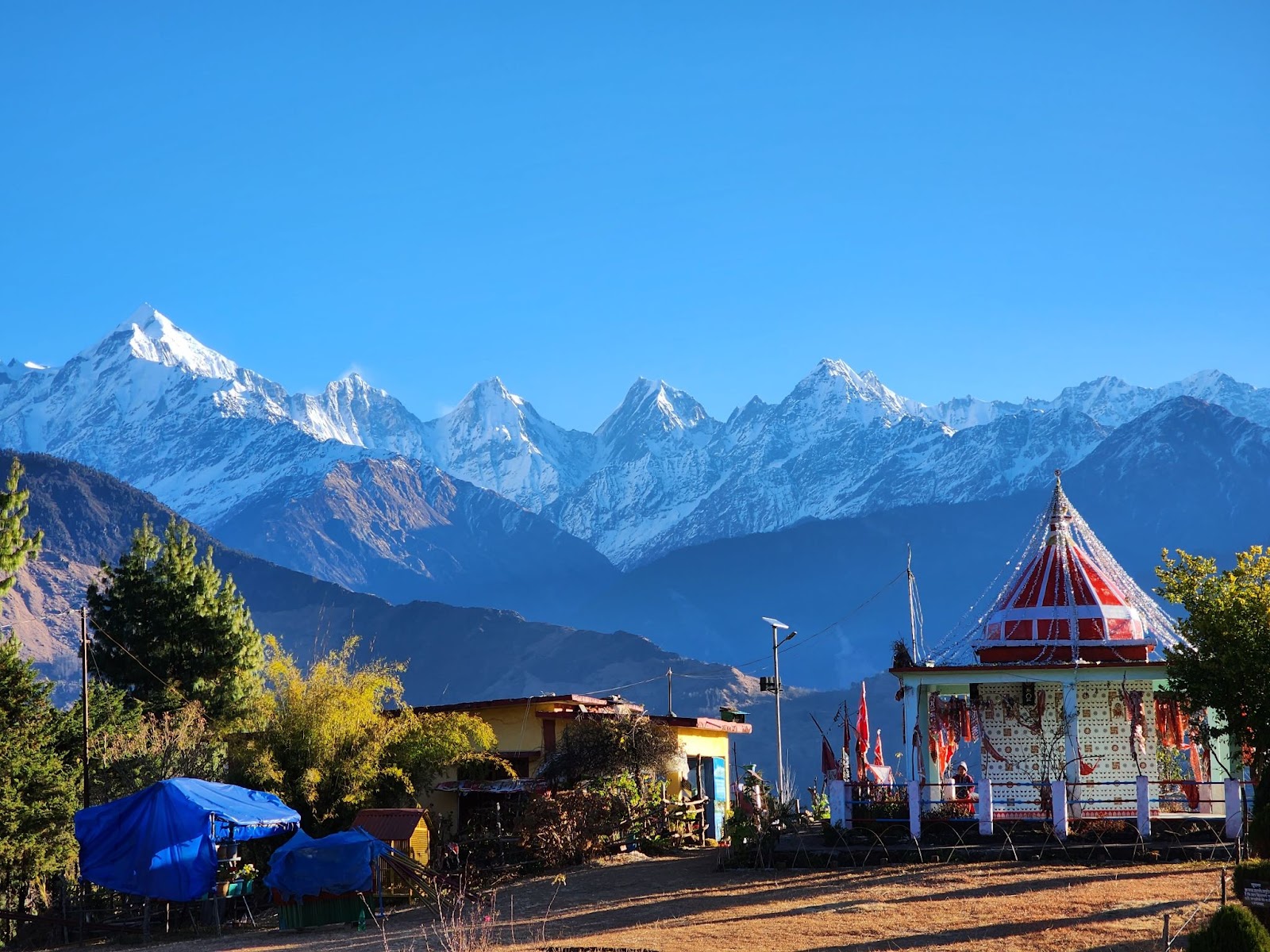
The Nanda Devi Temple in Munsiyari is a revered Hindu shrine nestled in the serene Himalayan town of Munsiyari, Uttarakhand. Dedicated to Goddess Nanda Devi, it stands as a testament to local faith and culture. Perched amidst stunning landscapes, this sacred site attracts devotees and tourists alike, drawn not only by its religious significance but also by the breathtaking beauty surrounding it.
It serves as a spiritual haven, offering a tranquil atmosphere for prayers, meditation, and reflection amid the majestic Himalayan peaks. Visiting the Nanda Devi Temple in Munsiyari not only allows one to pay homage to the revered deity but also provides an opportunity to experience the harmony between spirituality and nature in this enchanting corner of the Himalayas.
Narad Kund is a sacred site in India associated with mythology and spirituality. If you're seeking fresh content about Narad Kund without plagiarism, I recommend focusing on its historical significance, religious importance, rituals, local beliefs, or the experiences of pilgrims visiting the site.
This serene spot, nestled amidst picturesque surroundings, is a natural hot spring characterized by its crystal-clear waters that are rich in minerals. Pilgrims visit Narad Kund to take a holy dip in its healing waters, seeking spiritual purification and relief from ailments. The tranquil ambiance and lush greenery around the kund make it a captivating destination for those seeking solace and tranquility in the lap of nature.
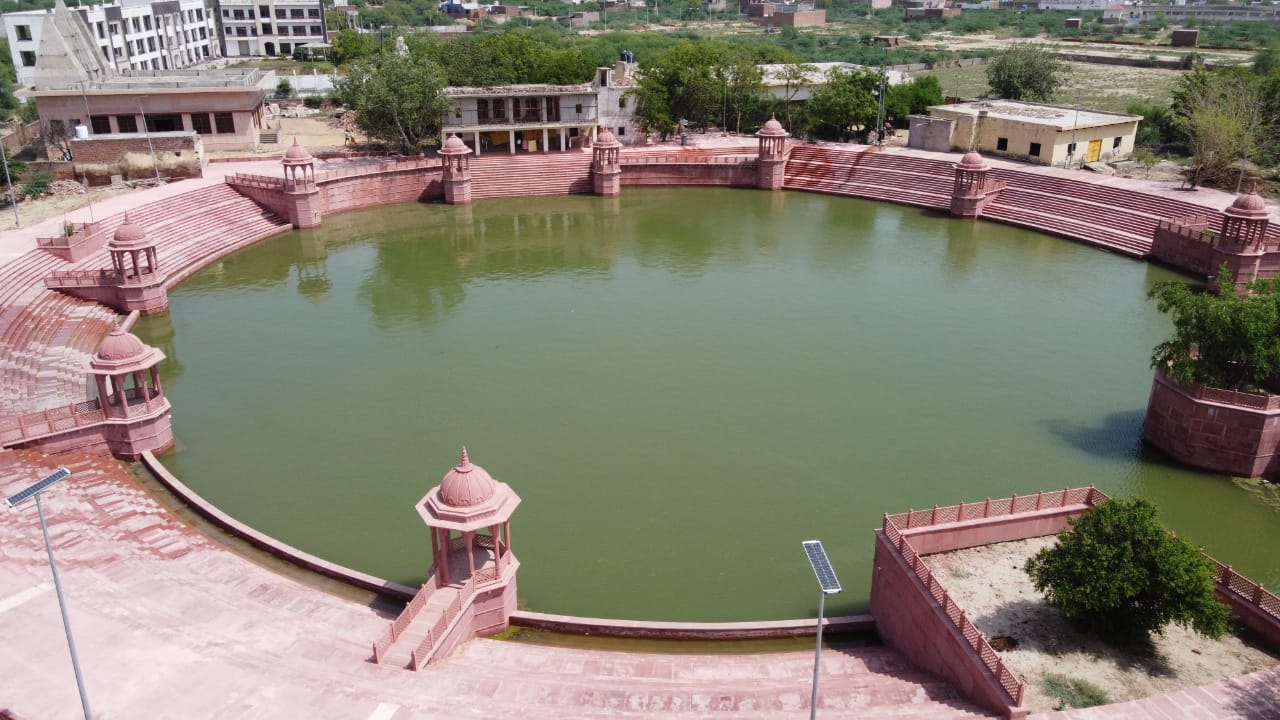
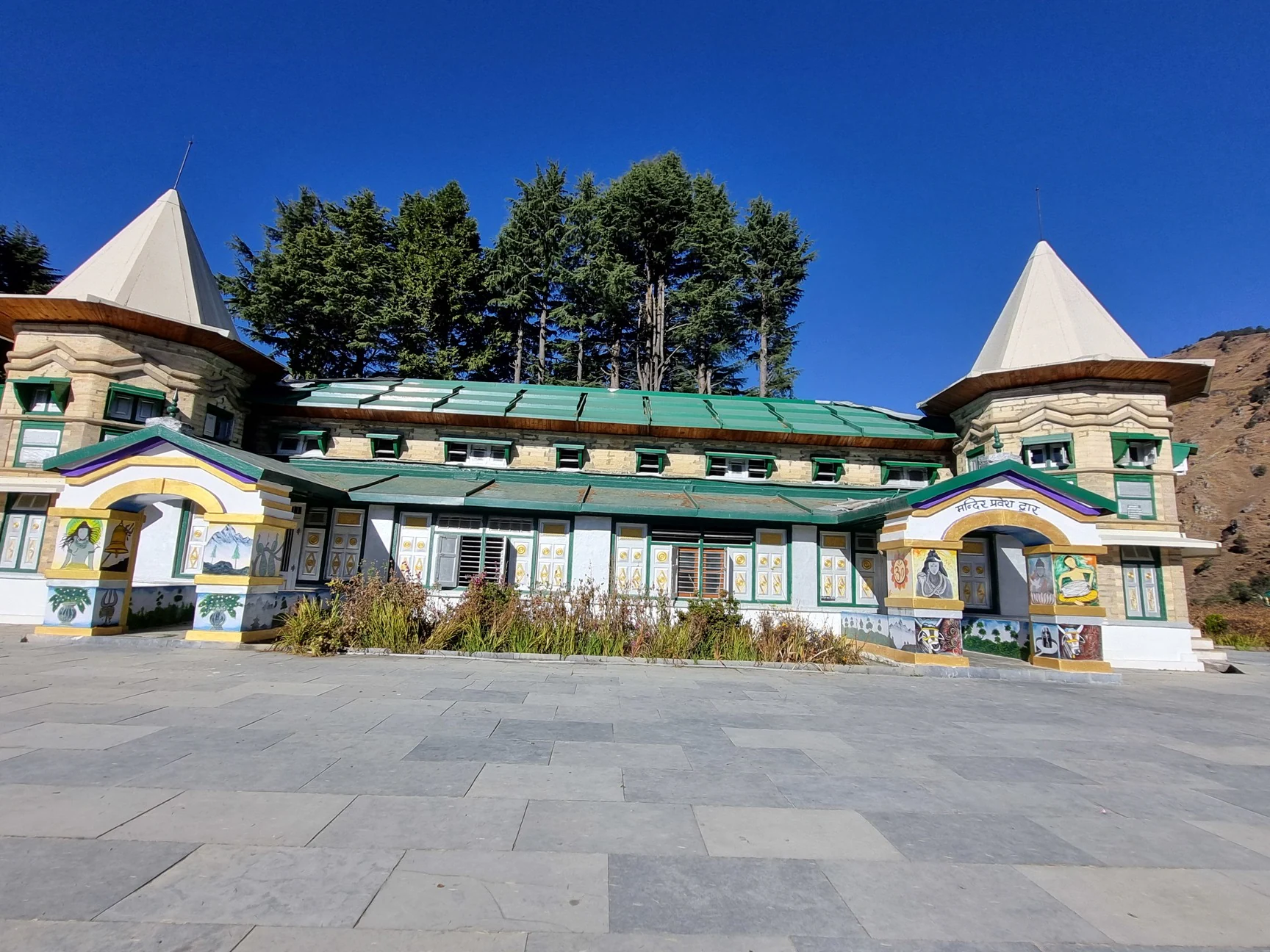
Narayan Ashram, located in Uttarakhand, is a serene spiritual retreat nestled in the Himalayas, offering a tranquil environment for meditation and self-reflection. Founded by Narayan Swami in 1936, it continues to attract seekers seeking solace amidst nature's beauty. The ashram promotes eco-friendly practices and hosts various social welfare programs, emphasizing education and healthcare for local communities.
Narayan Ashram serves as a haven for spiritual retreats, yoga practices, and meditation sessions. The teachings here emphasize the unity of all religions and the importance of living in harmony with nature.
Narayan Koti Temple, nestled in the serene landscapes of Uttarakhand, stands as a testament to spiritual sanctity and natural beauty. This sacred site, enveloped by lush greenery and panoramic mountain vistas, captivates pilgrims and travelers alike.
The temple's spiritual ambiance offers solace to devotees, who gather here to seek blessings, meditate, and partake in rituals that echo ancient traditions. The rhythmic chants and fragrant incense create an atmosphere conducive to introspection and prayer. Narayan Koti Temple's significance extends beyond its religious aspect; it serves as a harmonious union of spirituality and nature's majesty.
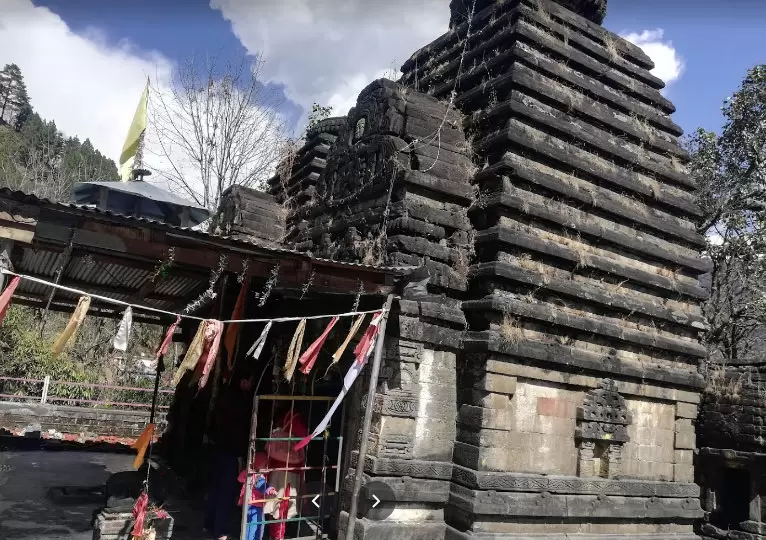
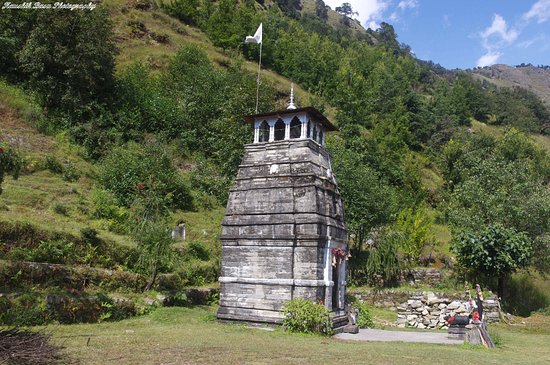
The Omkar Ratneshwar Mahadev temple stands as a revered sanctum in the serene town of Rudraprayag, nestled amidst the Garhwal Himalayas in Uttarakhand, India. Dedicated to Lord Shiva, this sacred site holds immense spiritual significance and draws pilgrims and devotees seeking divine blessings and solace in its tranquil ambiance.
The Omkar Ratneshwar Mahadev temple serves not only as a place of worship but also as a symbol of cultural heritage, fostering a sense of unity and reverence among pilgrims from diverse backgrounds who gather here to seek blessings and spiritual fulfillment.
Omkareshwar Temple stands as a testament to devotion and architectural brilliance. This sacred Hindu shrine, dedicated to Lord Shiva, exudes an aura of spirituality and cultural heritage that draws pilgrims and tourists alike from far and wide.
Omkareshwar Temple is a marvel of architectural finesse. The mandapa displays splendidly carved pillars adorned with mythological motifs and narratives, illustrating stories from ancient scriptures. The serenity within the temple precincts, coupled with the panoramic view of the surrounding river and hills, fosters a sense of tranquility and reverence.
Omkareshwar Temple, with its spiritual significance and architectural opulence, remains a cherished pilgrimage site, drawing devotees seeking blessings, solace, and a deeper connection with the divine.

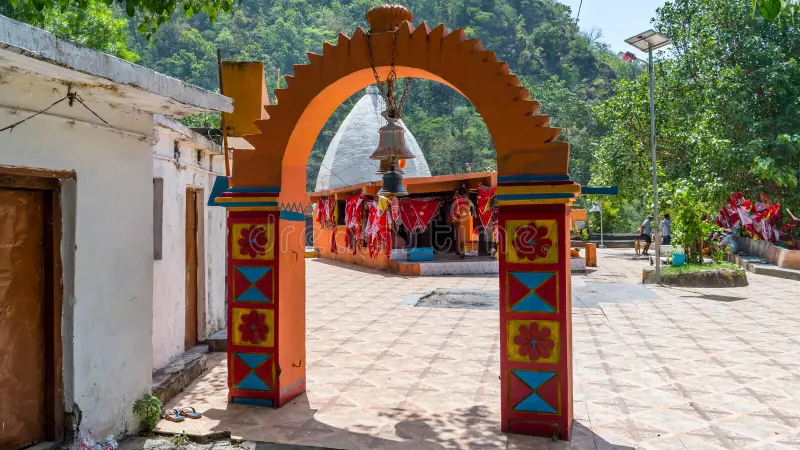
Pancheshwar Mahadev Temple is an ancient Hindu temple dedicated to Lord Shiva, located in Uttarakhand, India. Situated near the confluence of the Saryu and Kali rivers, this sacred site holds immense religious significance for devotees and pilgrims.
The temple's architecture showcases intricate carvings and exquisite craftsmanship, reflecting the rich cultural heritage of the region. Pilgrims visit throughout the year, especially during the Maha Shivaratri festival, to seek blessings and offer prayers to Lord Shiva. The serene surroundings and spiritual aura make Pancheshwar Mahadev Temple not only a religious destination but also a place of tranquility.
Pandavkholi cave is a significant historical site located in Uttarakhand, India. It holds immense cultural and mythological importance, believed to have been inhabited by the Pandavas during their exile. These caves offer a serene ambiance amidst nature, attracting tourists and pilgrims alike who seek to explore its ancient connections and breathtaking surroundings.
The site's tranquility and historical resonance make it a captivating destination for those interested in India's rich heritage and legends.
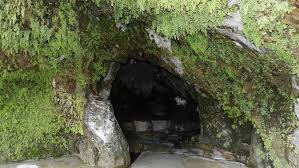
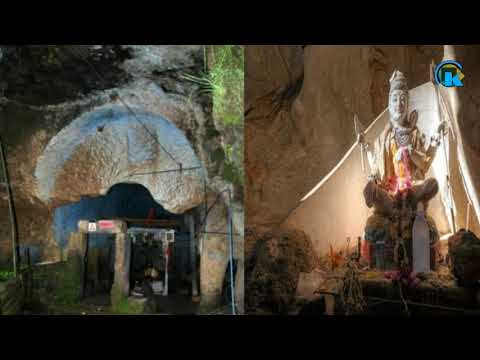
Patal Rudreshwar is a sacred cave temple situated in Uttarakhand, known for its religious significance and natural beauty. The cave holds immense mythological importance, believed to be the place where Lord Shiva imparted knowledge to Rishi Agastya.
The cave is adorned with stunning natural rock formations, stalactites, and stalagmites, creating a mystical ambiance for devotees and tourists alike. Visitors can explore the underground cave and witness the revered Shiva Linga, experiencing a sense of spirituality and tranquility.
The Ram Mandir in Ranikhet is a revered Hindu temple nestled in the picturesque town of Ranikhet, Uttarakhand, India. This sacred shrine is dedicated to Lord Rama, an incarnation of the Hindu god Vishnu, and holds significant religious importance among locals and devotees.
It is a tranquil sanctuary to pay homage to Lord Rama and seek blessings for prosperity, harmony, and divine grace. The idol of Lord Rama, accompanied by his consort Sita, is enshrined within the temple, inviting devotees to experience a sense of spiritual serenity and devotion. The temple serves as a beacon of faith, attracting devotees and seekers alike who are drawn to its spiritual aura and the serene embrace of nature.
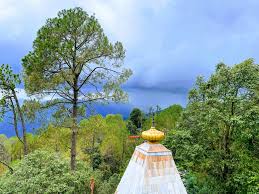
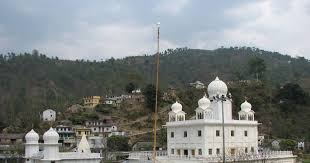
Reetha Sahib, also known as Reetha Meetha Sahib, is a revered Sikh Gurudwara located in the picturesque state of Himachal Pradesh, India. This sacred shrine holds significant historical importance in Sikhism and is associated with Guru Gobind Singh Ji, the tenth Sikh Guru.
The Gurudwara stands as a testament to the Guru's teachings and his profound influence on the Sikh community. The sanctum houses the Guru Granth Sahib, the holy scripture of Sikhism, and welcomes devotees from all walks of life, fostering a spirit of unity, equality, and devotion. Pilgrimages to Reetha Sahib are not just spiritual journeys but also opportunities for introspection, prayer, and connection with the teachings of Sikhism.
The Raghunath Temple in Devprayag, Uttarakhand, stands as a sacred site where devotees worship Lord Rama. Its significance lies in being situated at the confluence of the rivers Alaknanda and Bhagirathi, forming the mighty Ganges.
The temple's architectural marvel and spiritual aura draw pilgrims seeking blessings and solace amidst the serene Himalayan surroundings. The sanctity of this ancient temple and its historical significance make it a cherished destination for spiritual seekers and tourists alike.
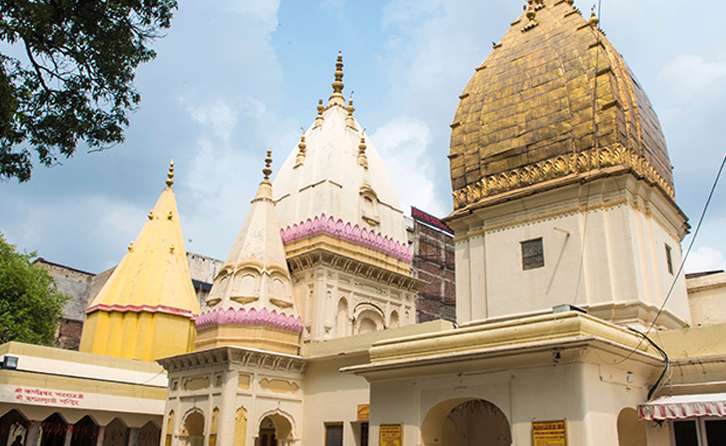
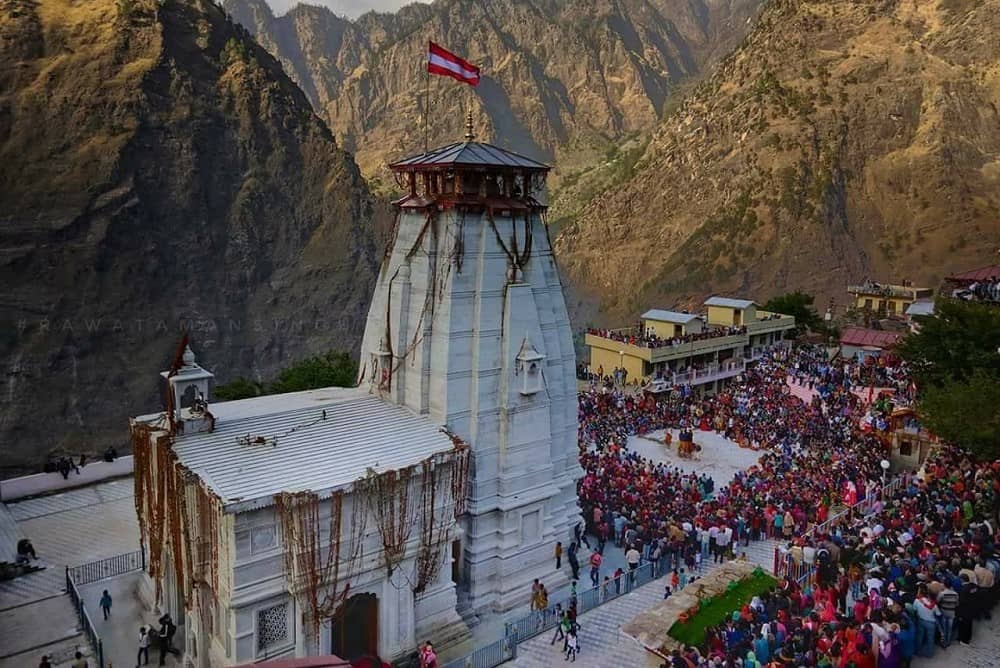
Pandukeshwar Temple, located in Uttarakhand, holds immense spiritual significance and is dedicated to Lord Yog Dhyan Badri, an incarnation of Lord Vishnu. This sacred site is believed to have been established by the Pandavas during their exile and is enshrined amidst breathtaking Himalayan vistas.
Devotees visit to seek blessings and witness the temple's serene ambiance amidst natural beauty, making it a cherished pilgrimage destination.